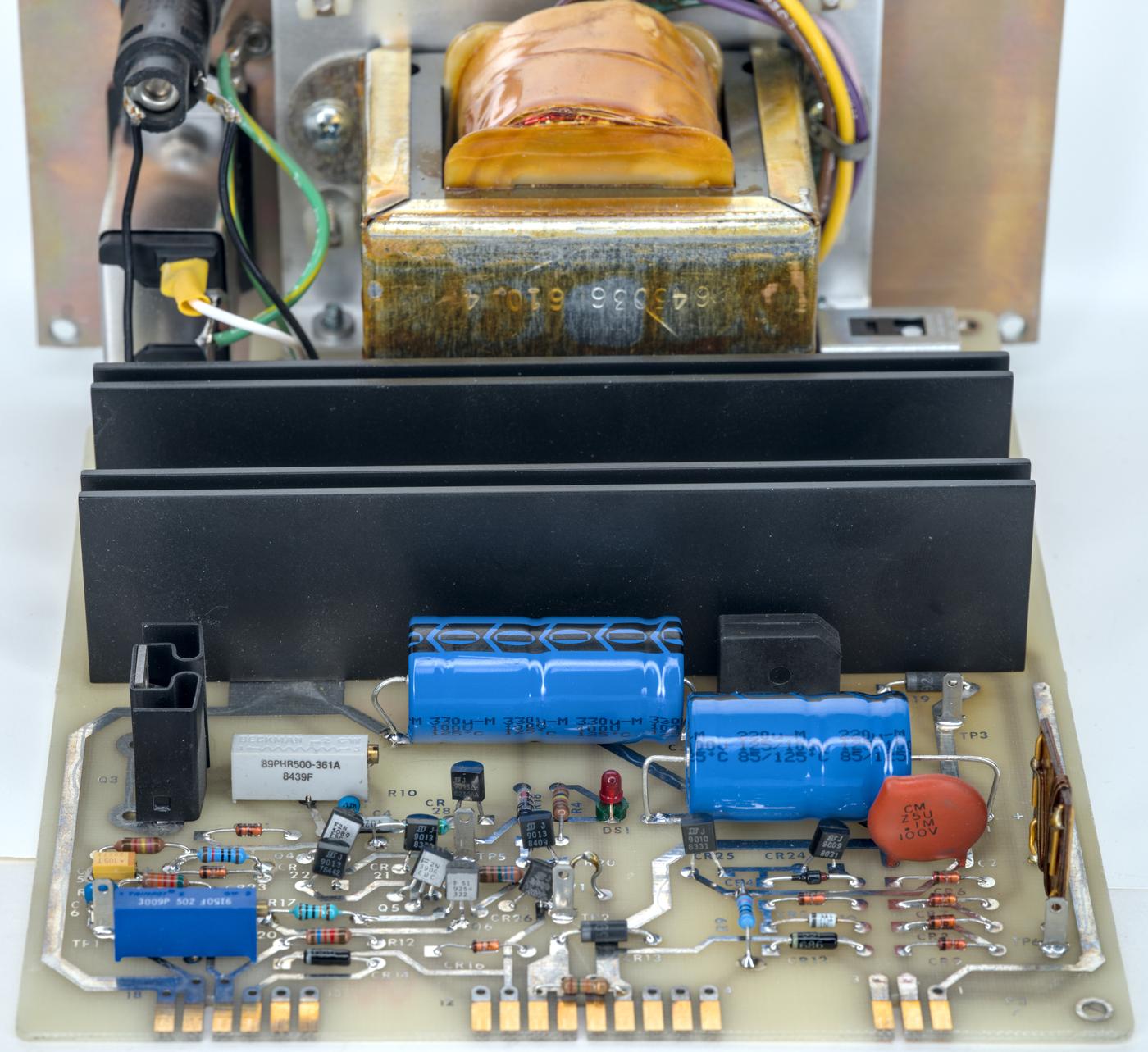- Motivation
- Manuals and Fluke 732A service documents
- xDevs service methodology for old equipment
- Parts replacements
- 732A Chassis
- Reassembly and first power on smoke test
- Performance tests
- Conclusion and summary
Motivation
In this short article I’ll demonstrate the steps required to refresh and test old but still very much capable Fluke 732A DC Voltage standard S/N 3675006. These standards are often used to establish and provide DC voltage stable fixed point in calibration laboratory, usually 10 V.
xDevs zener voltage array already using two of such Fluke 732A standards to maintain the “lab volt” along with other LTZ1000A-based standards. These are often well aged and capable to provide stability better than 0.5 µV/V per year, especially when constantly powered and permanently fixed in the laboratory without any additional disturbances. There is also old unfinished draft article about other Fluke 732 series standards here, including teardown of latest Model 732C version.
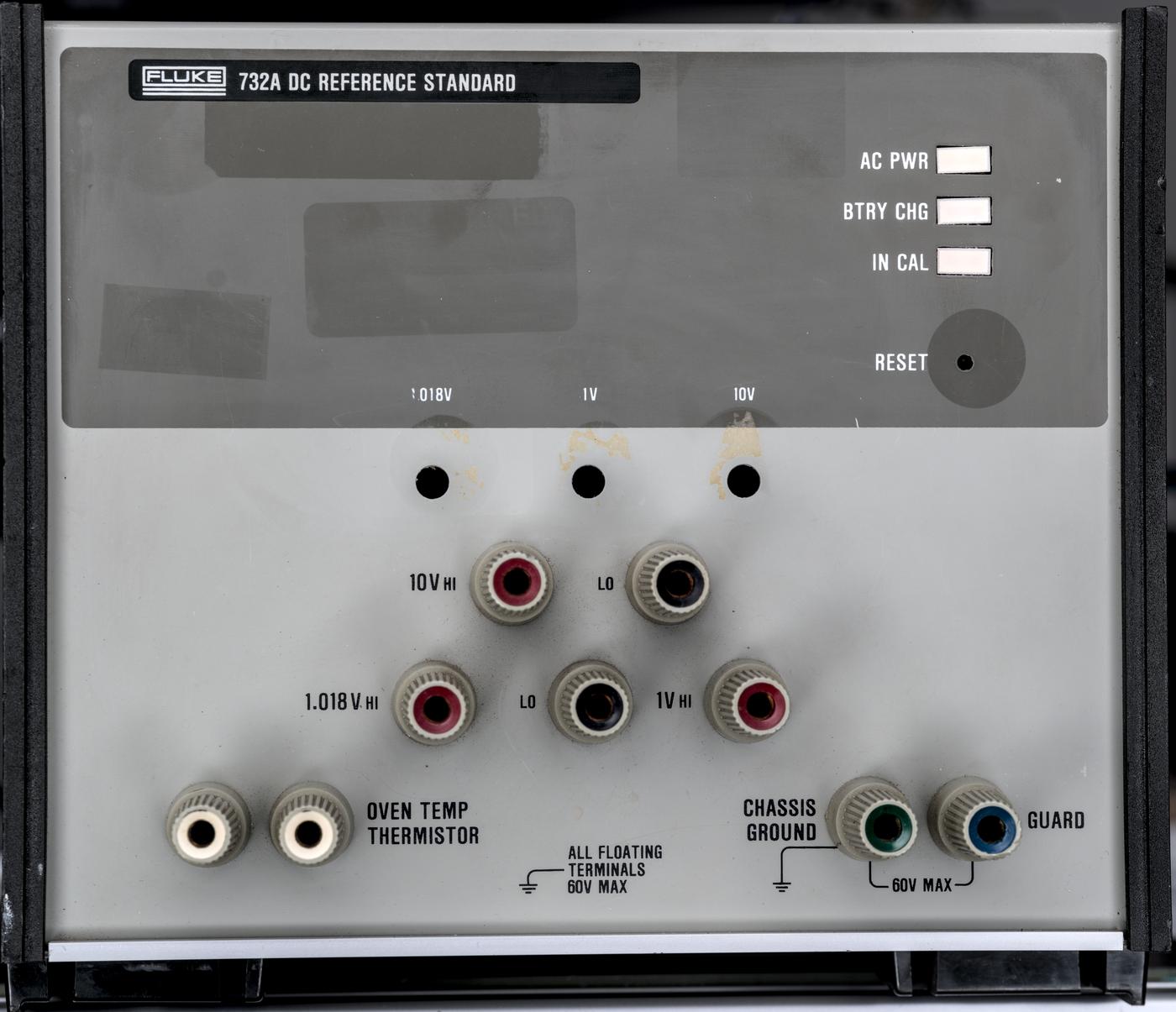
Image 1: Fluke 732A DC voltage standard front face
Hopefully there will be no need to dig into the oven compartment and reference assembly as that is quite messy and time consuming business. This standard will be used in a friendly lab to spread 10 V love and help preserve the overall group uncertainty and reliability between our standards. This 732A came without any previous history or calibration values.
Manuals and 732A service documents
Fluke 732A DC voltage standard system instruction manual, updated version
Fluke 732A DC voltage standard system instruction manual, older 1986 version
Fluke 732A errata Issue 3 1985 for modifications and changes
Understanding DC standard specifications
Service methodology for old equipment
As typical for most of the test equipment older than 20 years strategy is to replace aged parts with modern fresh stuff and address any prone to failure components. I consider old tantalum and electrolytic capacitors as consumable parts and replace them outright without testing or measurements of their condition.
This blind replacement process need to be done even if they “look good” and not oozing electrolyte all over yet (like in old 30 year Keithley 2001 or HP 4263B). I often read online that replacing perfectly good parts is pointless and waste but real life proved this idea faulty many times, even recently with tantalum cap catching fire. Great way to risk expensive lab burning down, since many of such equipment is left unattended for days, weeks and months. In worst case even if one replaced truly good cap all we lost is spending some gold and time on caps and gained a peace of mind.
Another common component type that is replaced outright – carbon composite resistors. This type resistors age badly over the years and not uncommon to drift 20%-40% or even more out of their initial factory tolerance. Many circuits might still work with such gross deviation but others would not, so why take the chances? Fluke 732A has plenty of CC resistors and all of them we will be replacing too.
Mains filter is also common failure point, especially for countries with proper 230-240 V mains line voltage. There were many HP3458A and HP3245A and other instruments with RIFA caps that blew up and filled labs with nasty smell of burning electronics for days, so why take chances for $20 part?
With these ideas in mind we can open up today 732A and start swapping parts. In case of 732A I also like to replace power transistors with modern replacement stuff, which runs bit cooler. :)
Not the best idea to start replacing parts randomly in test equipment and knowledge of circuit operation is important here. We have years of experience fixing and working with metrology-grade instruments and know that it’s safe to do swaps for Fluke 732A as described above.
Highly sensitive instruments and circuits however might not be as robust and learn the instrument first before doing blind parts replacements. Using proper soldering equipment and tools is also paramount to avoid adding damage or zapping unobtanium JFETs with electrostatic discharges. Many times in the past xDevs acquired equipment ruined by previous “repair” attempts, delaminated overheated circuit boards and bad components installed instead of proven good part.
A3 Pre-regulator and mains entry PCBA
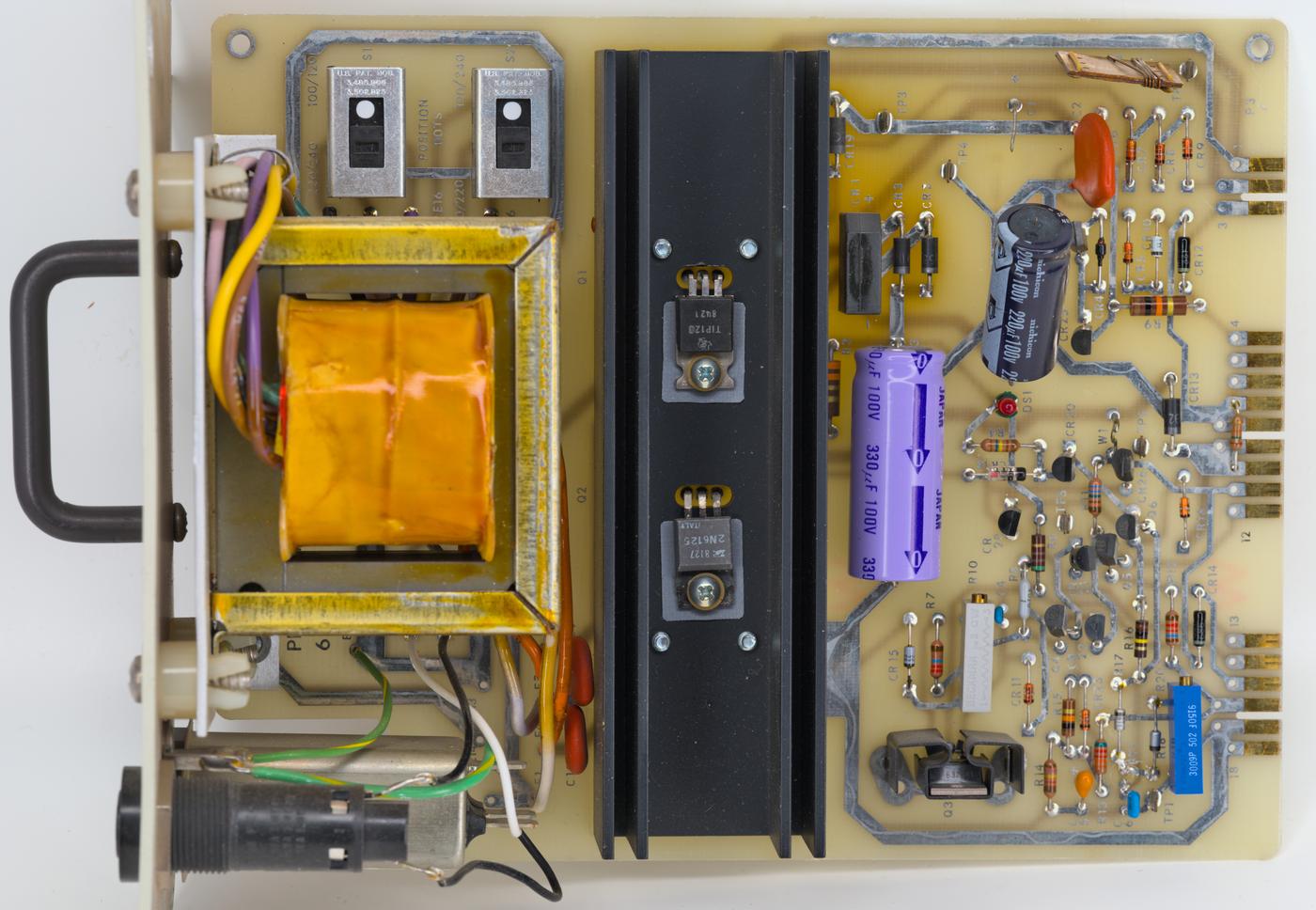
Image 2: A3 pre-regulator assembly, top side as received
On this board we get two large axial electrolytes, 330 µF and 220 µF, both rated for 100 V, one tiny 1 µF 35 V tantalum capacitor, some carbon composition resistors (3.3 Ω, 510 Ω and two 10 kΩ) as well as mains filter with C14 receptacle.
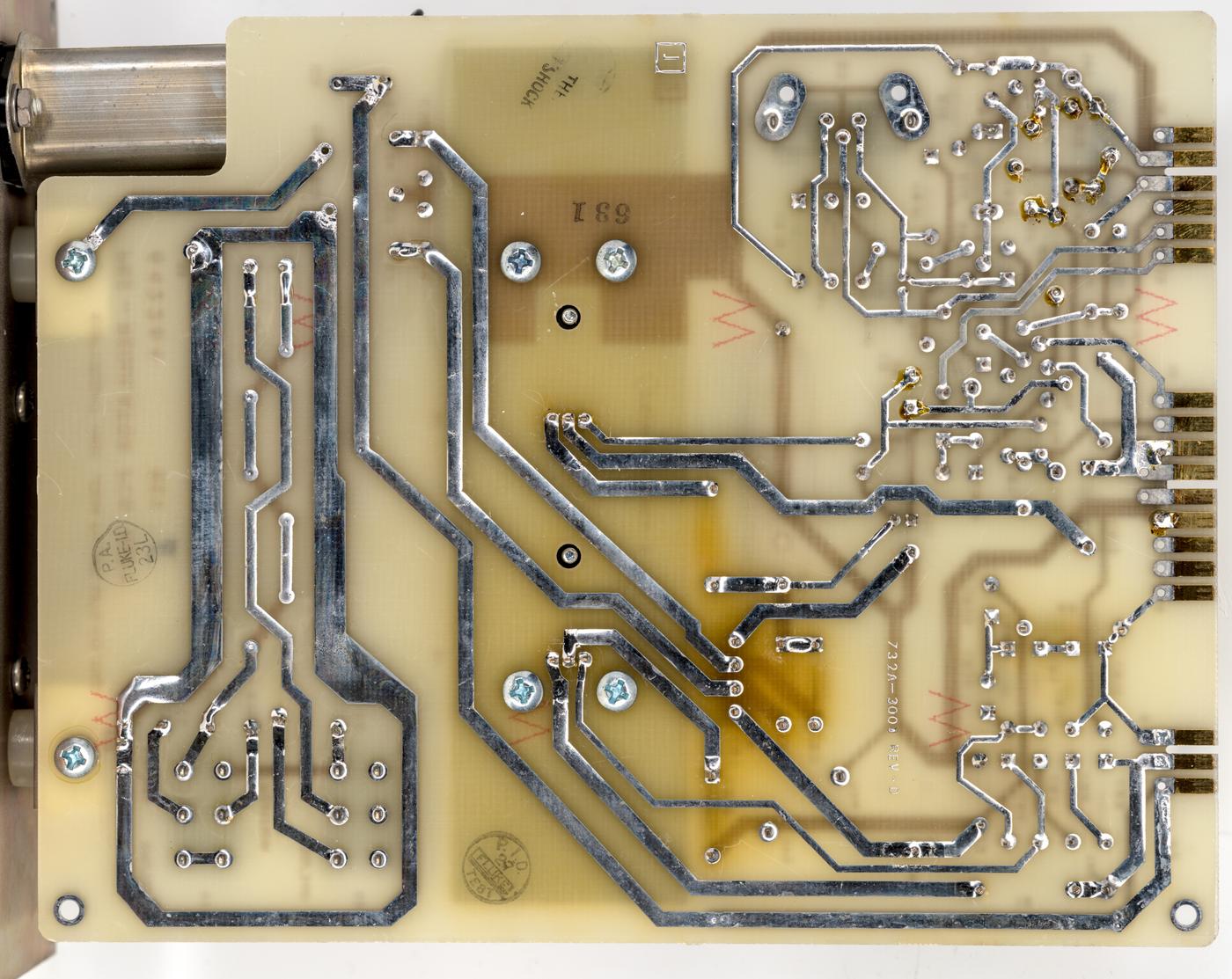
Image 3: A3 pre-regulator assembly, bottom side
This is a newer revision of the board without the RT1 thermistor. Ensure you use the correct schematics and service manual when working on this module. Additionally, I have replaced the old, cracked insulator washers for the TO-220-3 transistors on the heatsink with modern PPS washers. After replacing these parts, insulation between the metal heatsink and the transistor bodies was verified to ensure proper isolation.
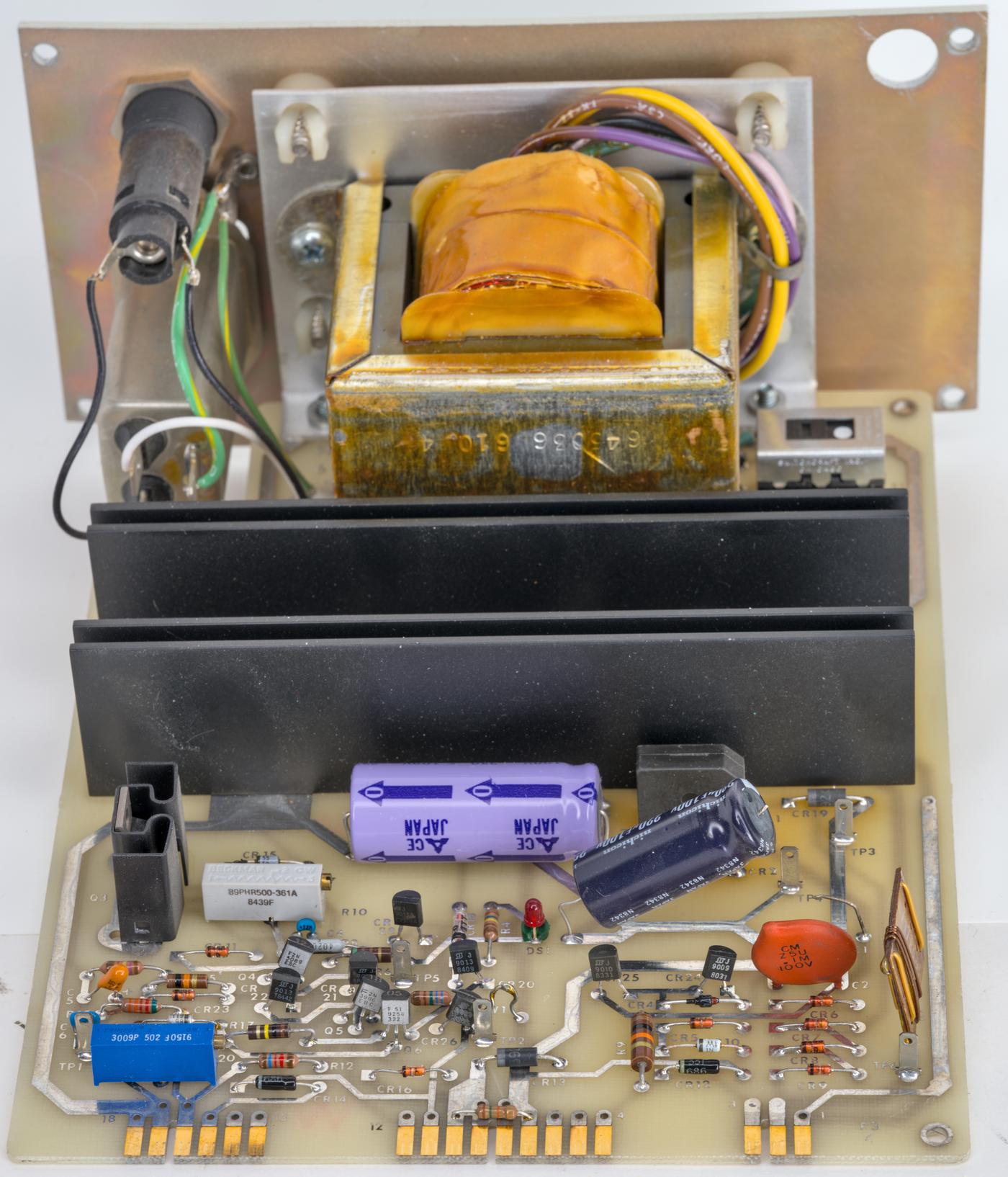
Image 4: A3 pre-regulator with cut capacitor
As we can see in “as received” photo some capacitor already snipped off to make our job easier :)
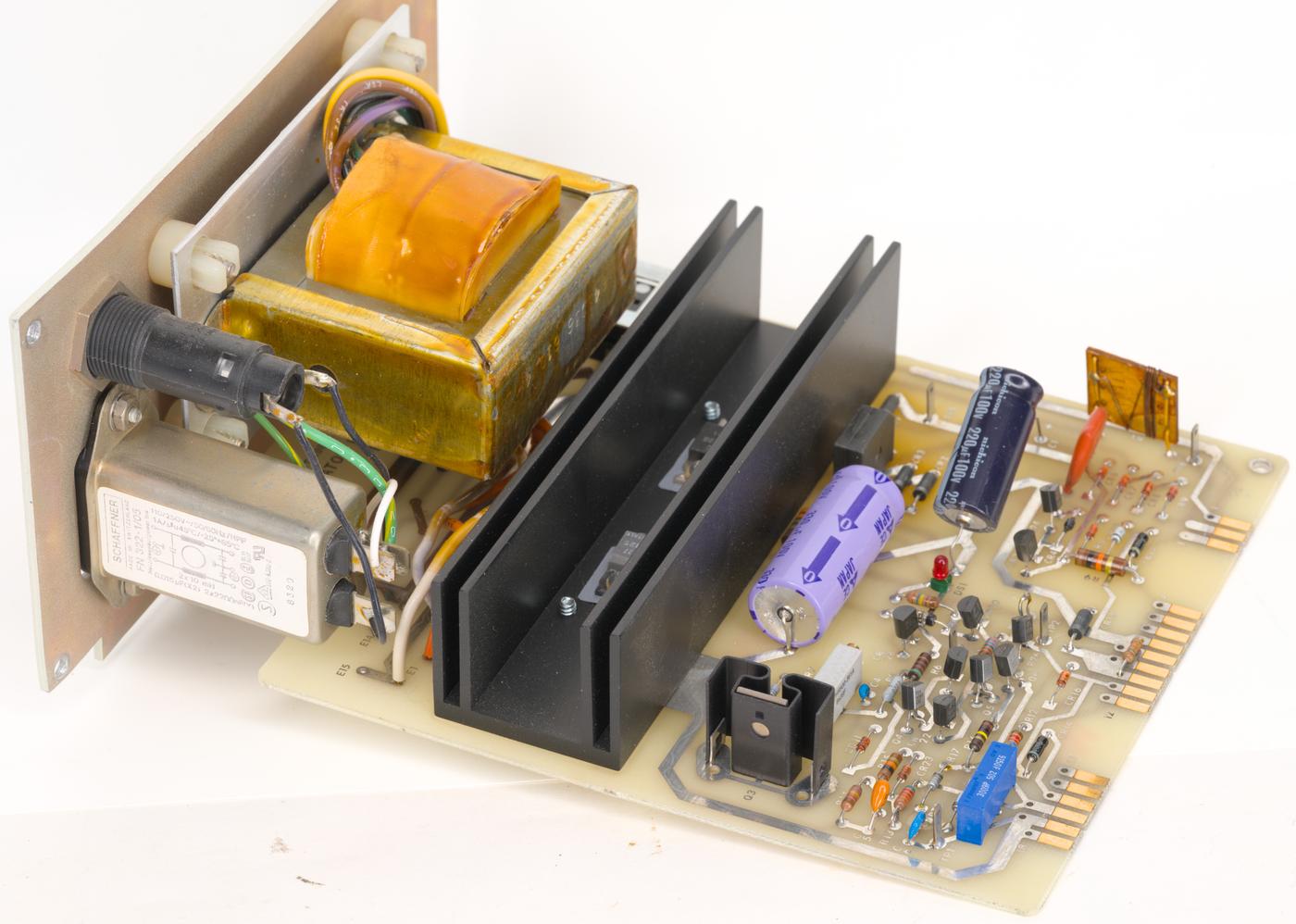
Image 5: Overview on A3 assembly module
A4 Regulator PCBA
This PCB used to control and manage battery charging/level and power to the oven/zener assembly.
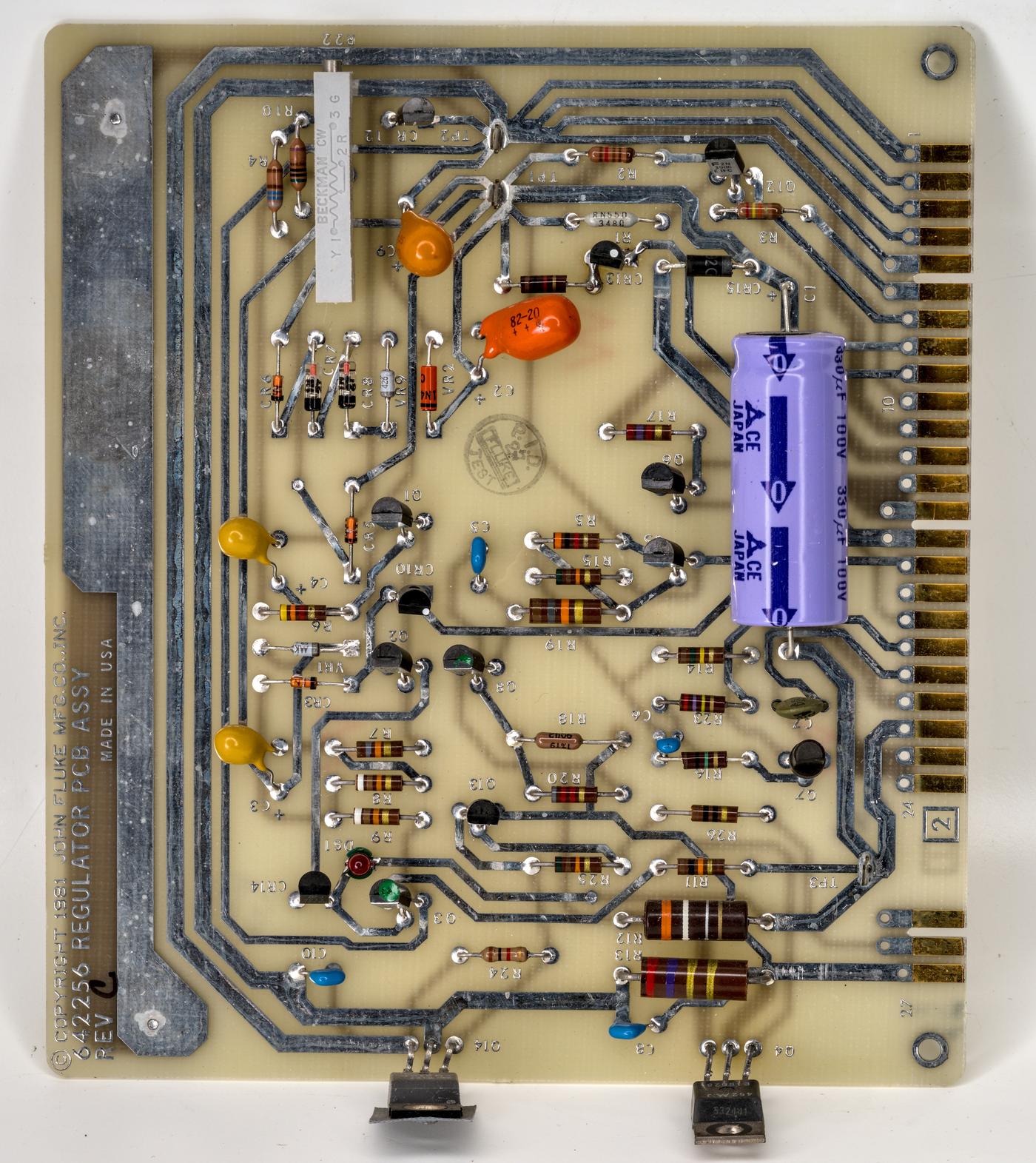
Image 6: Regulator PCBA as received, top side
Based on the datecode markings this 732A was assembled around 39 week 1984, good fourty (!) years ago.
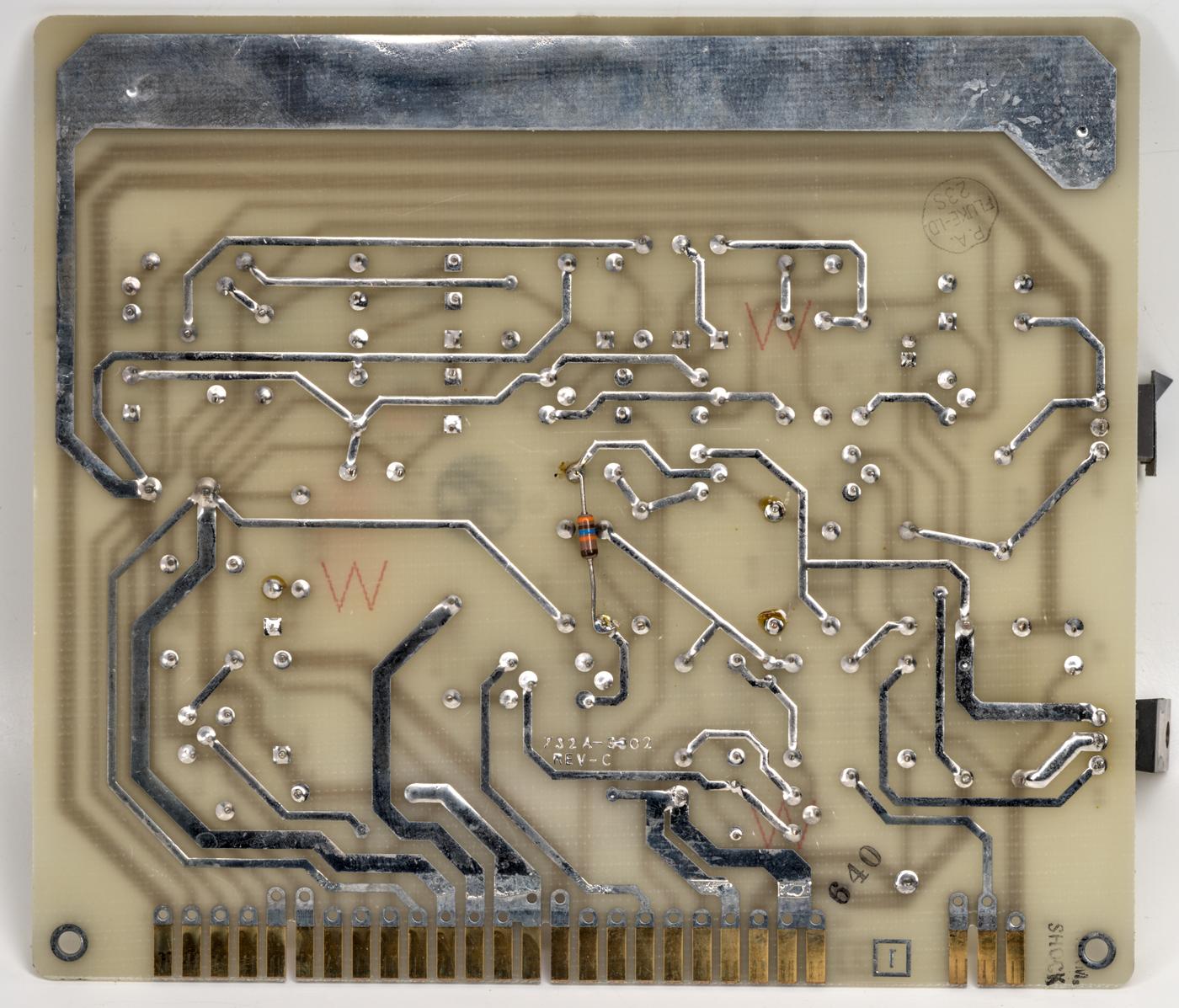
Image 7: Regulator PCBA as received, bottom side
There are four yellow smoke-containing tantalum capacitors on this assembly.
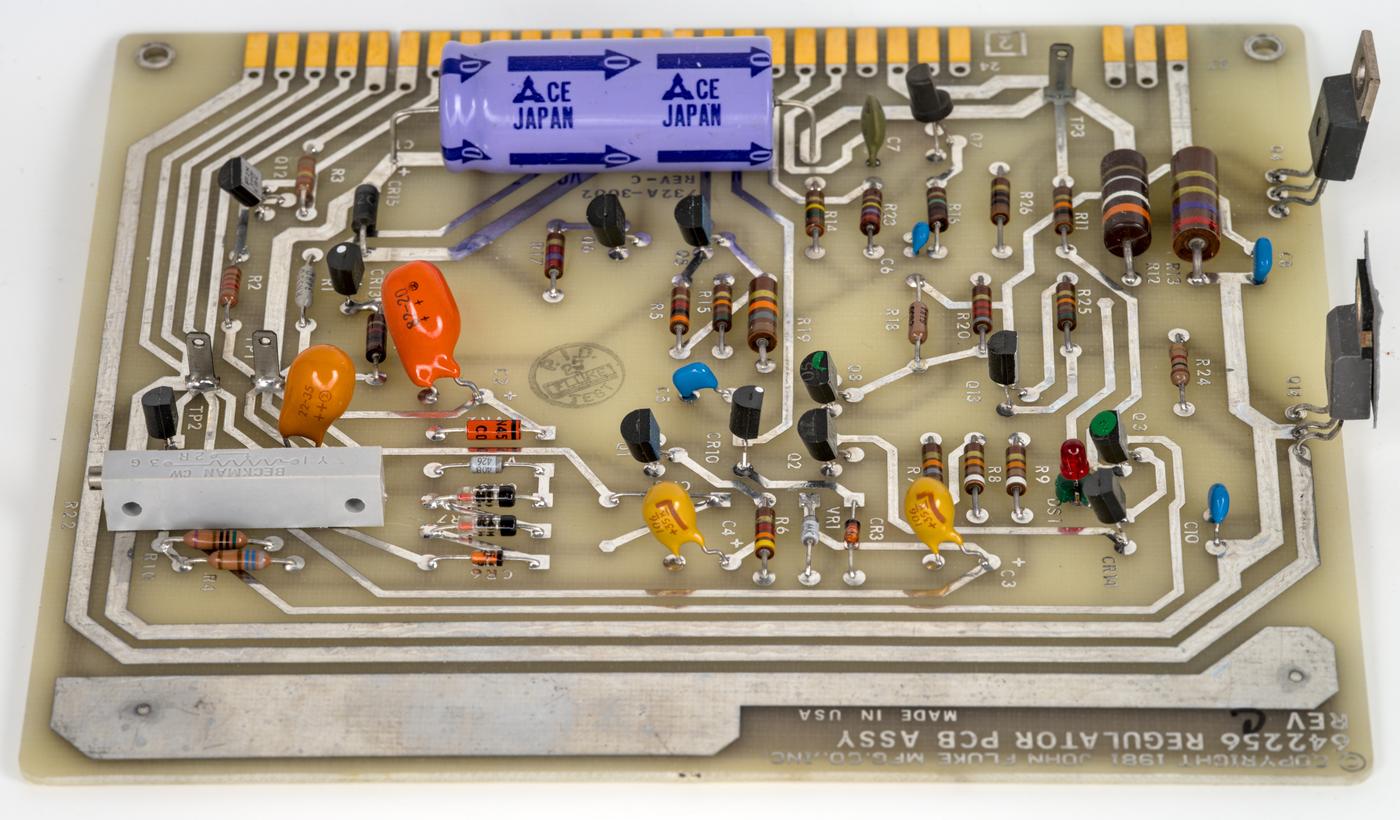
Image 8: Tantalum capacitors on the A4 PCBA
I have also captured some see-through images of the A4 PCBA to confirm the resistor construction.
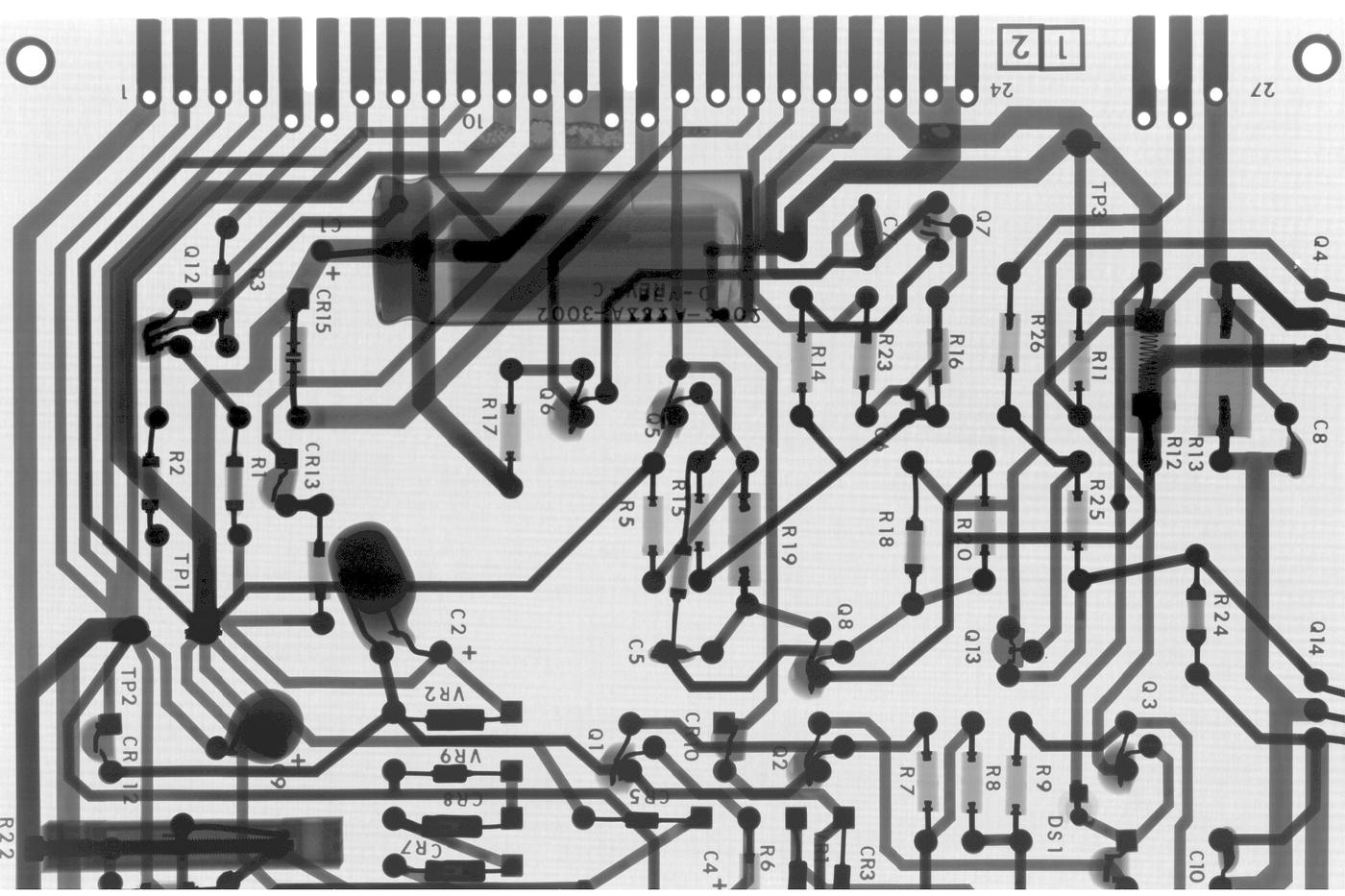
Image 9: Transparent image of the components and A4 PCBA, top section
Can clearly see different design in thin-film or metal film resistors and carbon composite ones on these images.
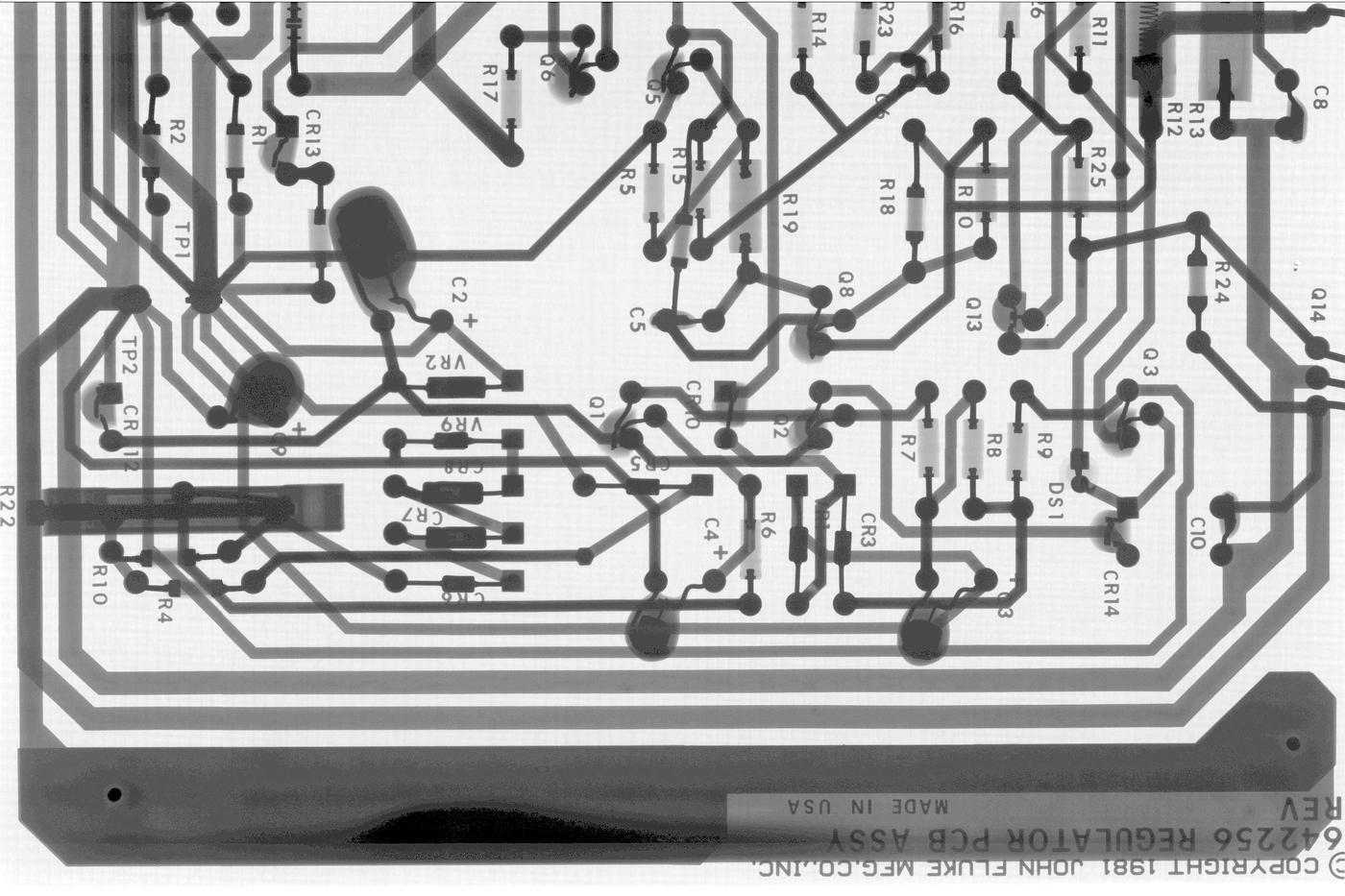
Image 10: Transparent image of the components and A4 PCBA, bottom section
One of the larger resistors that looks outside like a typical carbon composite actually a low-ohm wire-wound. There is no need to replace that one :)
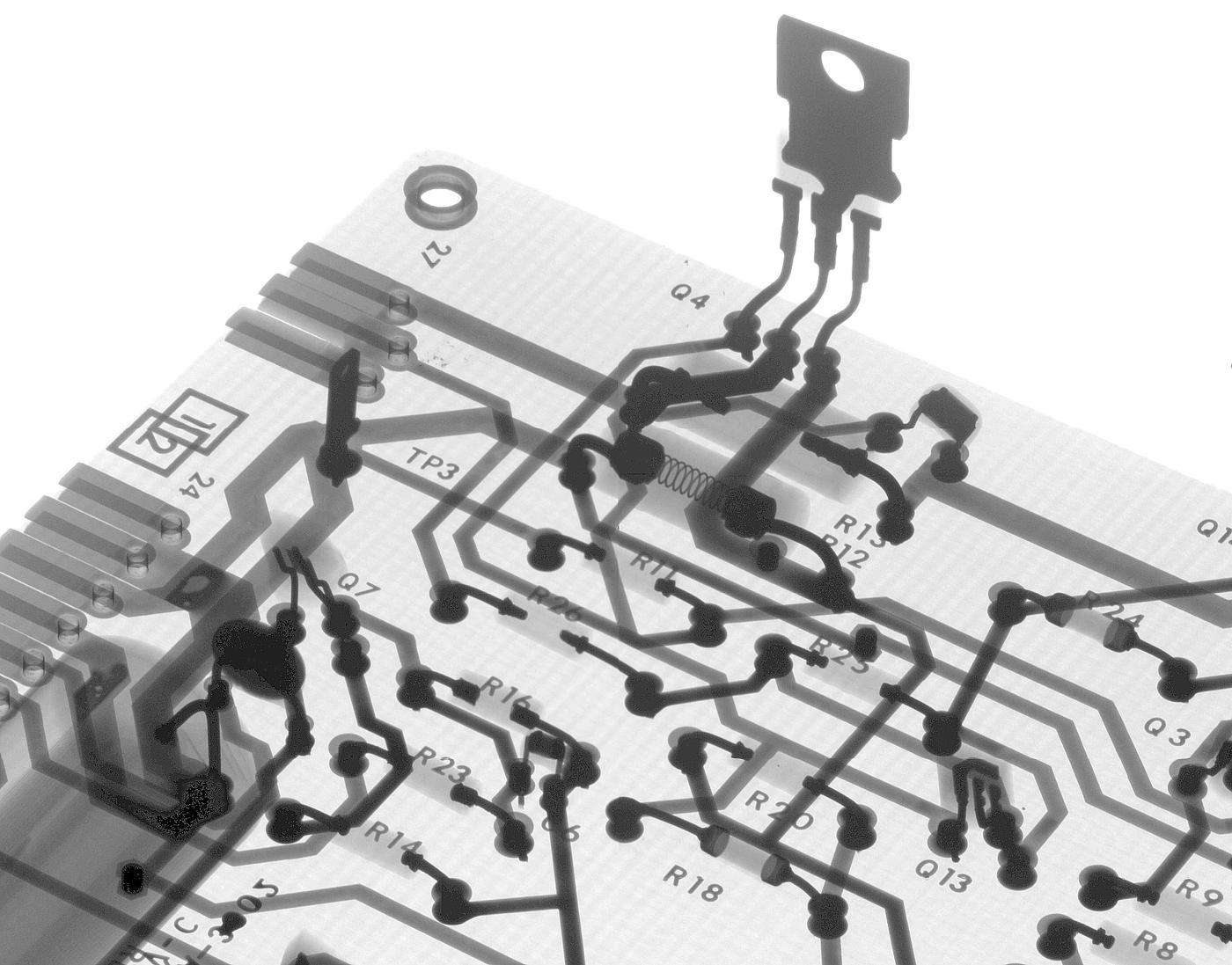
Image 11: Dimensional transparent image of the A4 transistor and resistors
Easy to spot different terminal contact methods for different resistors.
Parts replacements
A quick photograph during the replacement process. Most of the parts I already had in stock at xDevs lab from previous 732A repairs, but few I had to order again. I like to use Digikey for common parts since they have nice GUI and powerful search. This is especially useful since number of parts in 732A are already obsoleted such as 2N6125 PNP power transistor. I’ve replaced these with TIP42 which has comparable specifications.
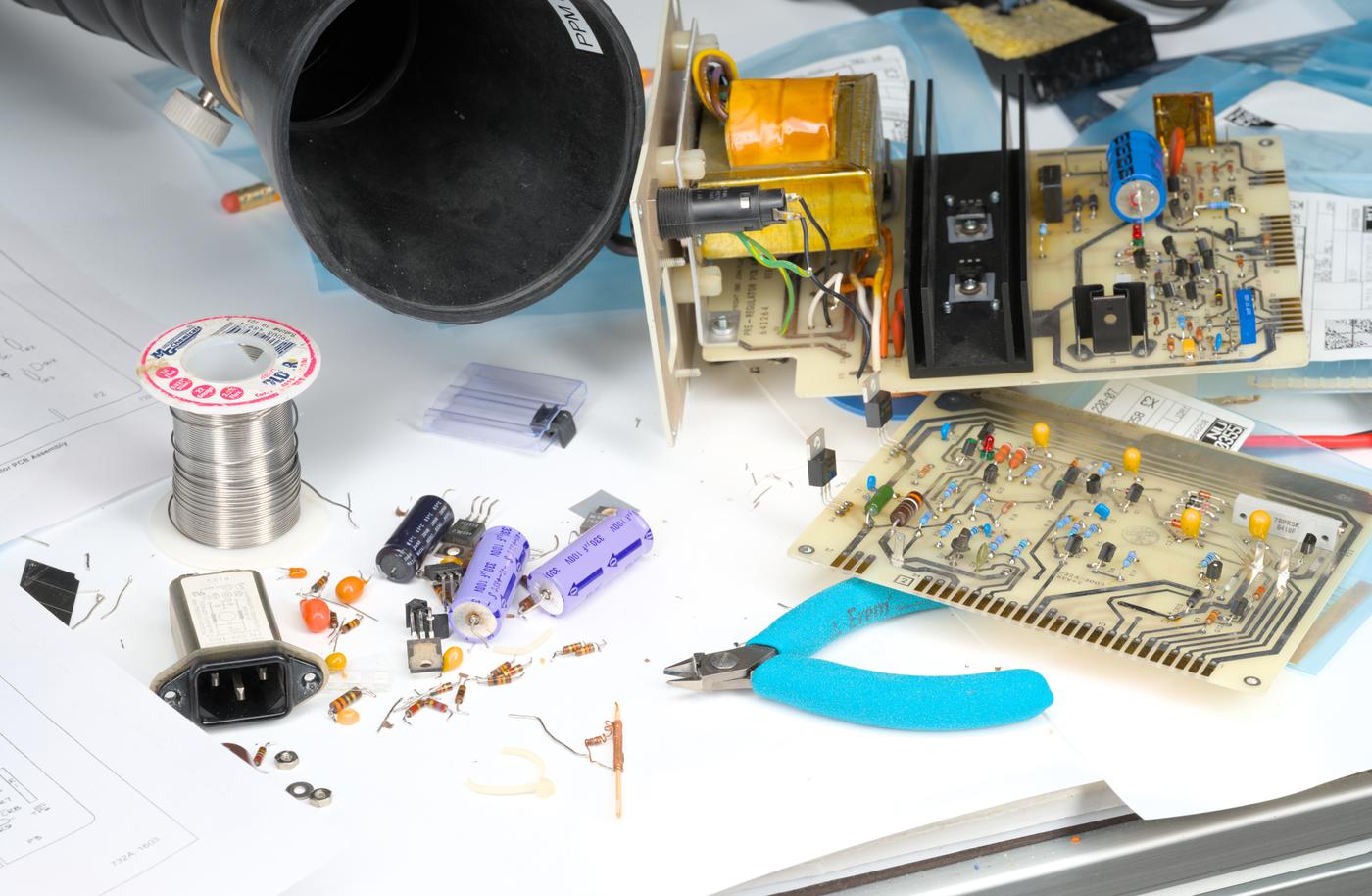
Image 12: Parts replacement progress, first few hours
After mains filter, caps and resistors replacement done here are the updated photos of A3 board:
Back of the PCB was cleaned up with 99% isopropyl alcohol after reworks.
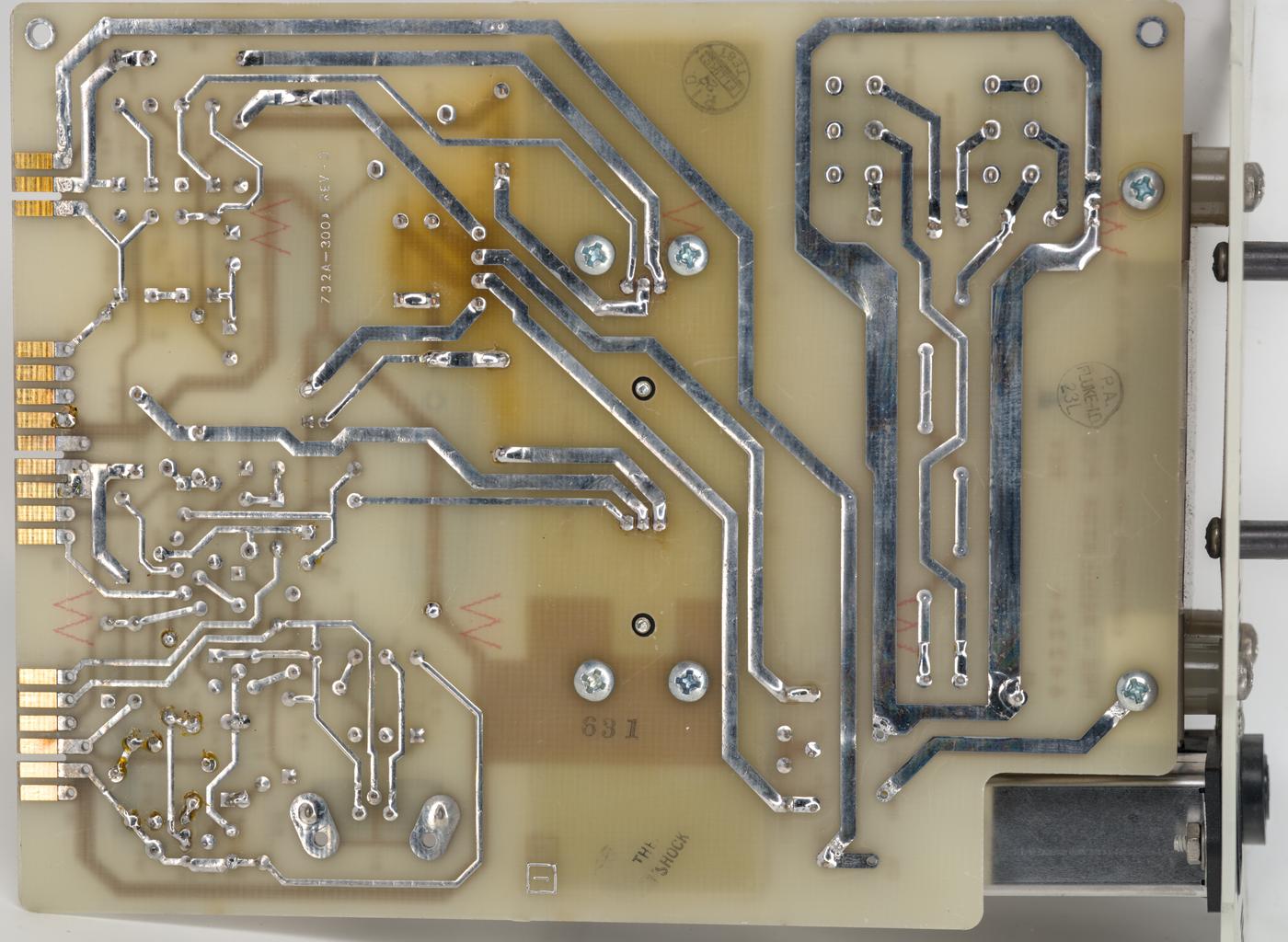
Image 14: A3 with new parts, bottom side
Small tantalum 1 µF capacitor was replaced with SMT version as I didn’t buy a leaded version. It would work just fine in this application.
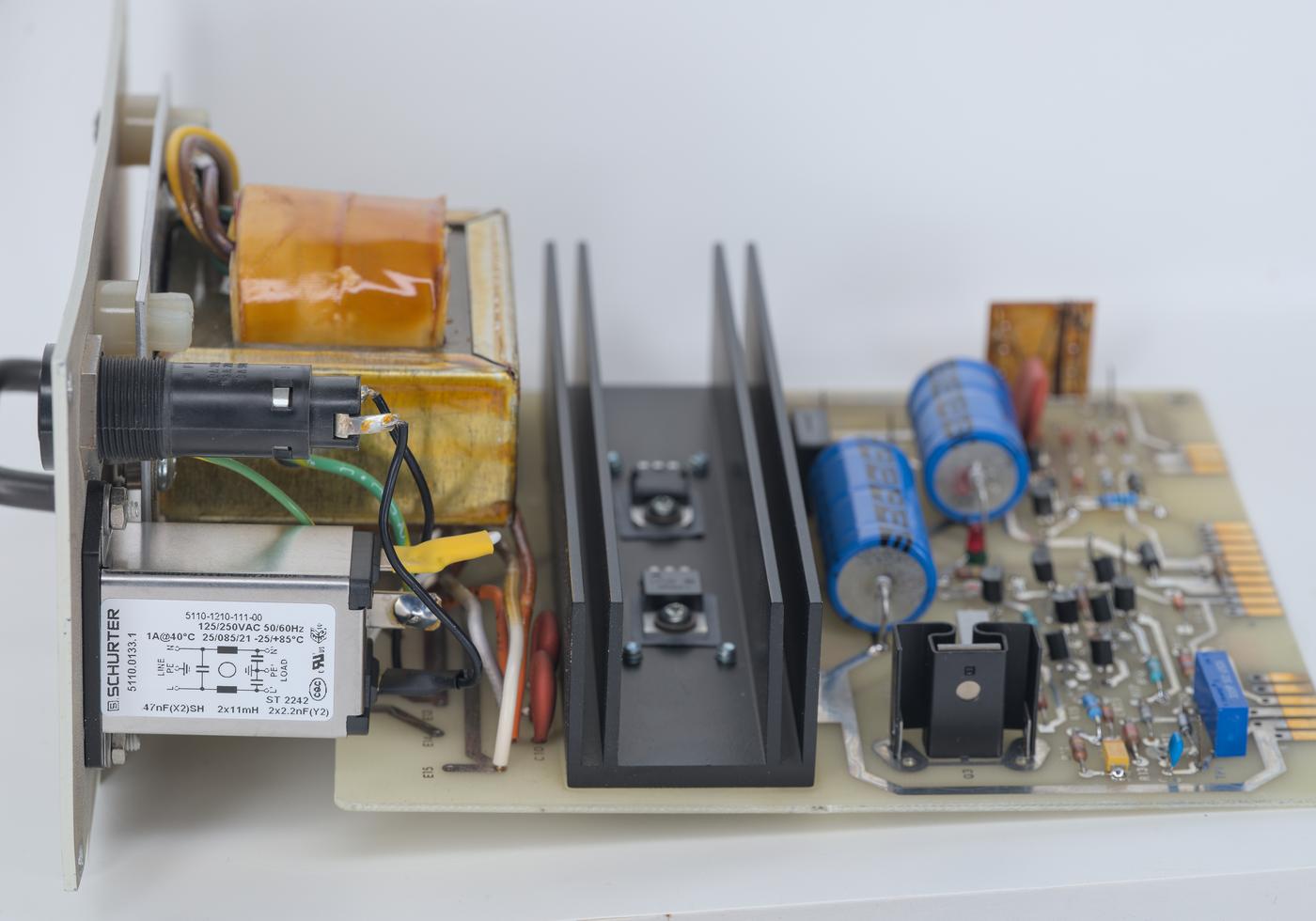
Image 15: Replaced mains entry filter
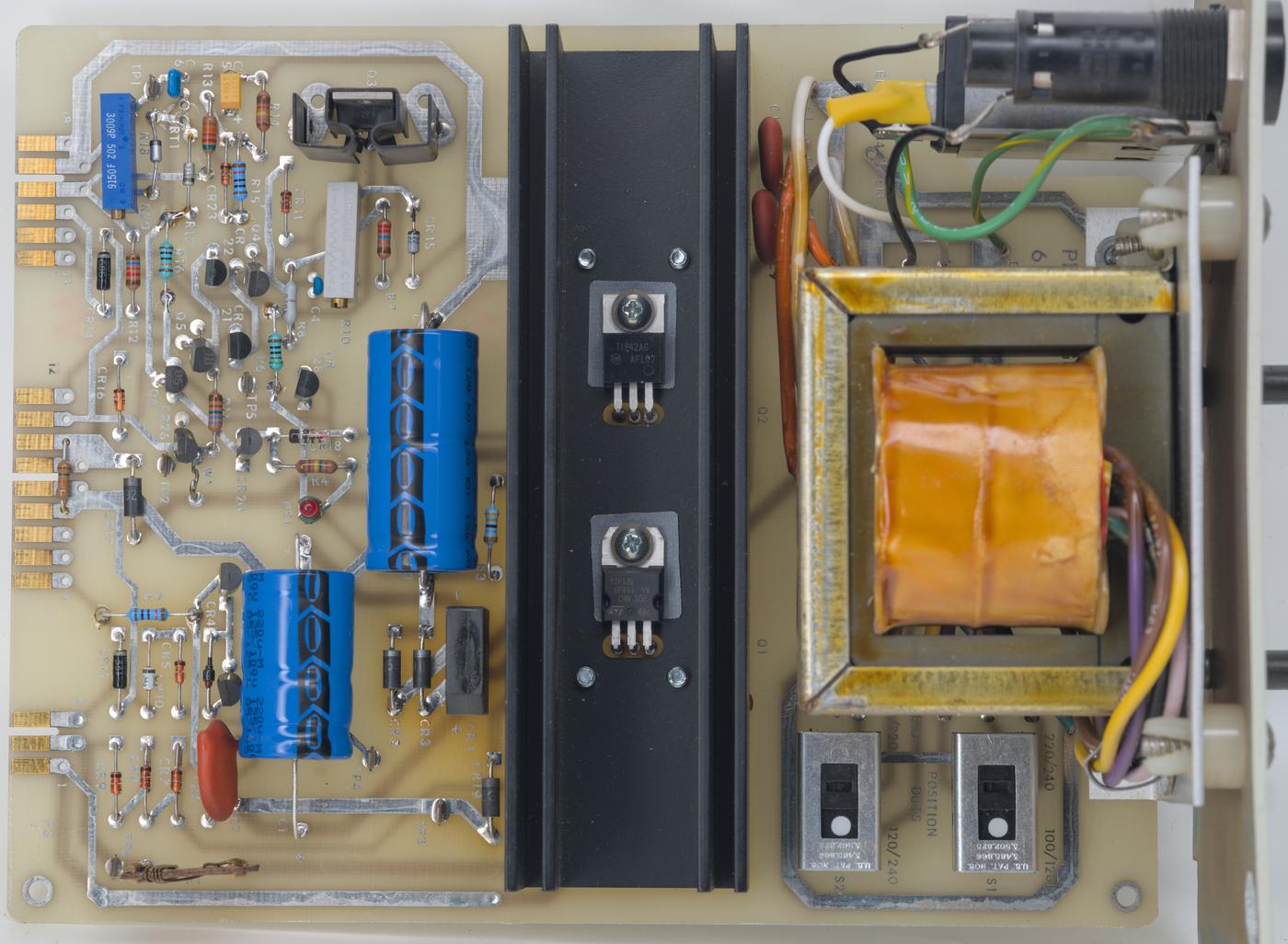
Image 16: Top view on A3 pre-regulator PCBA
And A4 board images below with had much more carbon composite resistors swapped out.
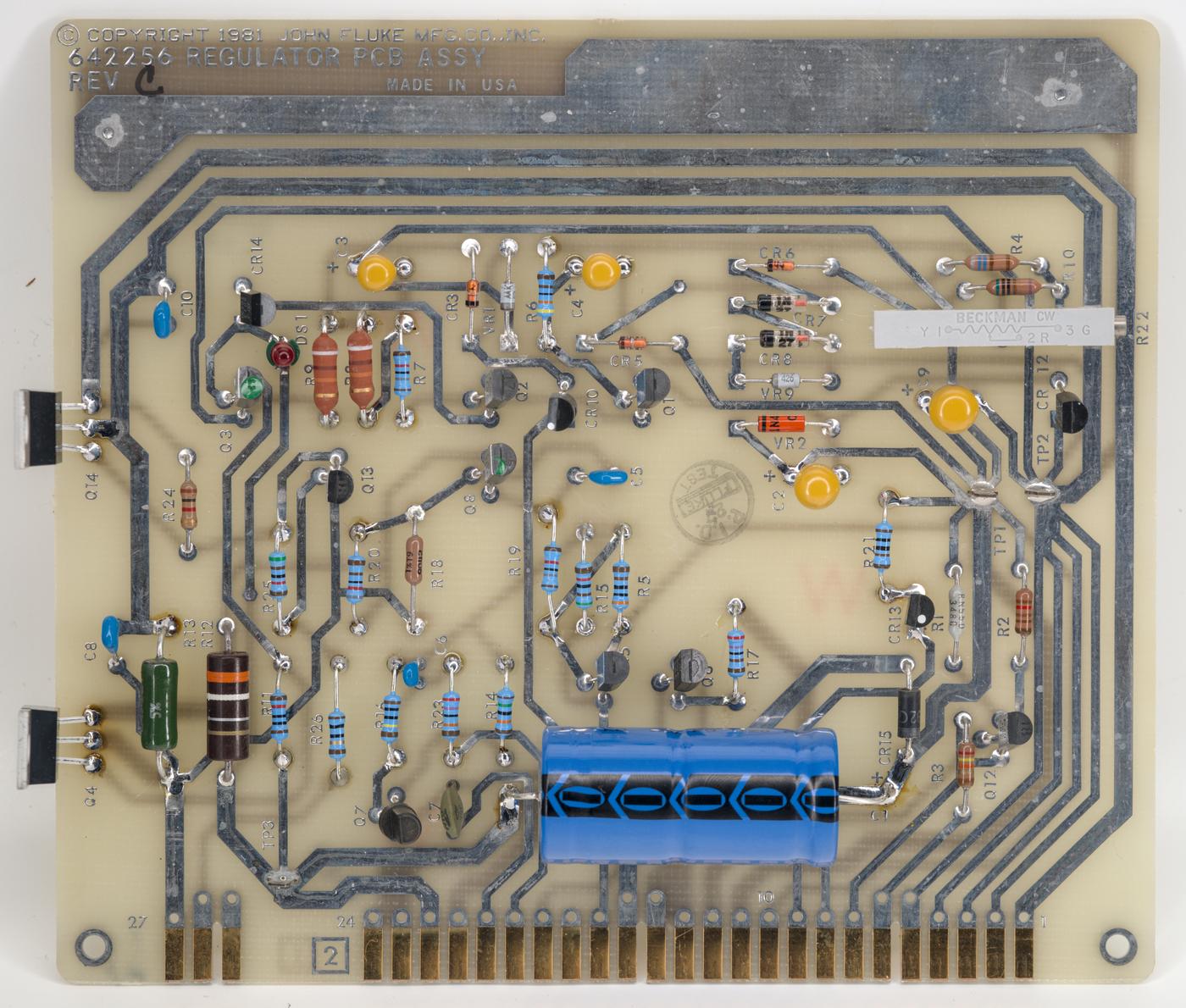
Image 17: Frontal image of the board, serviced
I’ve consulted with the latest instruction manual to double check the resistor values as well.
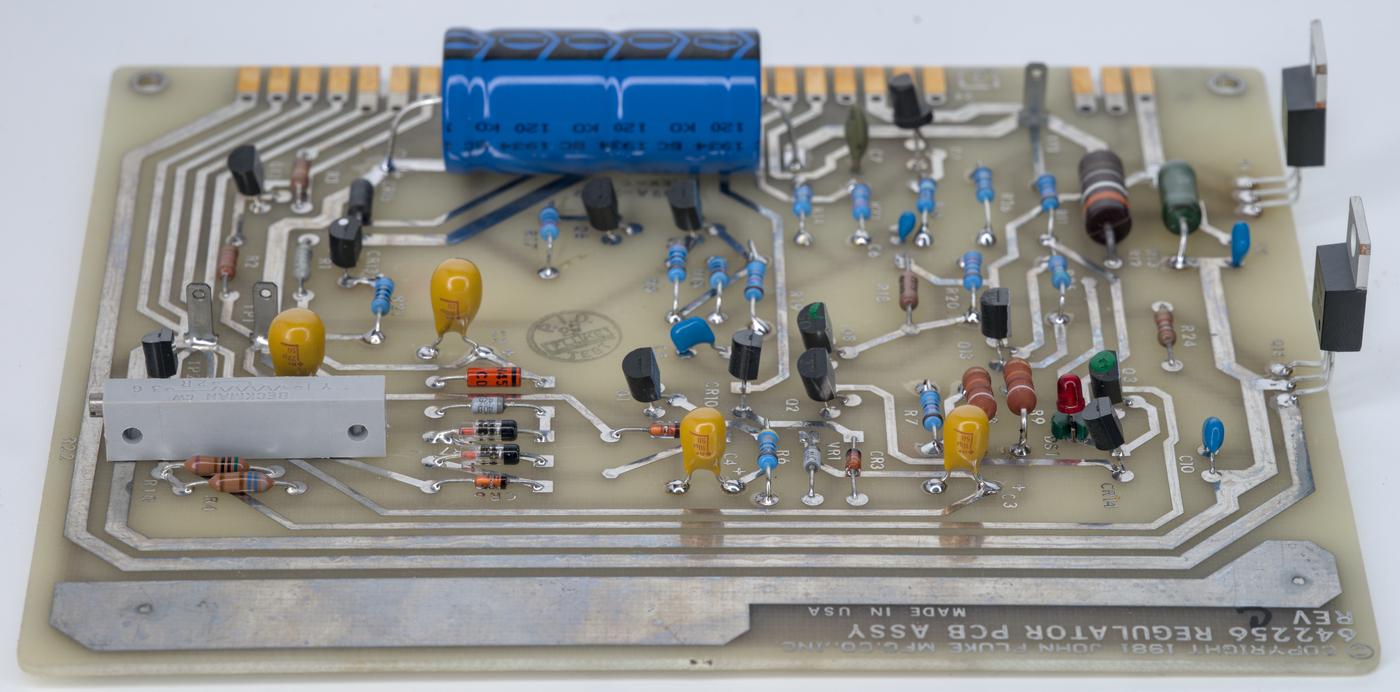
Image 18: Capacitors and parts
Spot measurements on few of the resistors revealed that they were +30% higher than nominal.
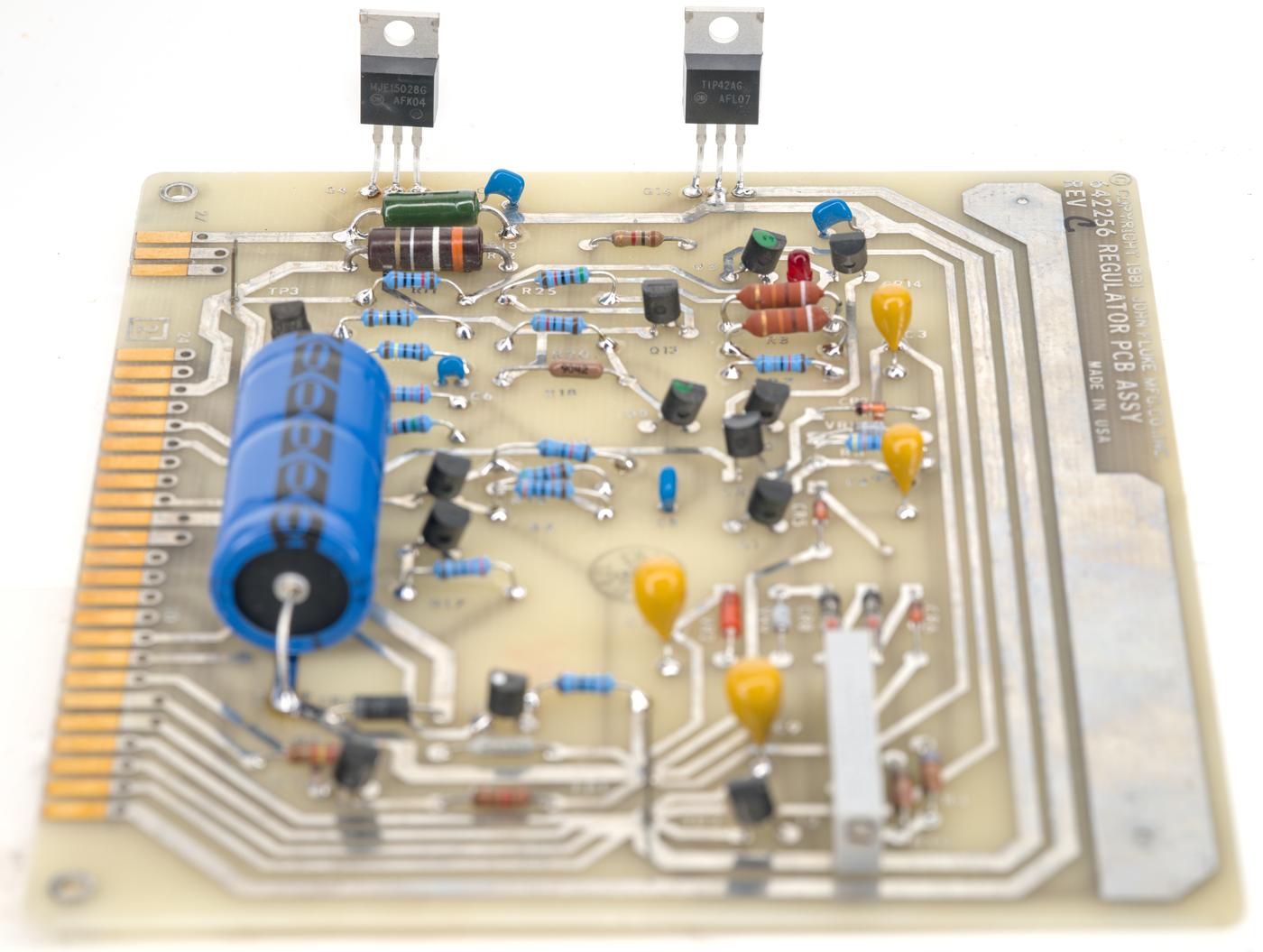
Image 19: Tantalum caps together
Tantalum capacitors were double checked to make sure the polarity and pin orientation is correct. Otherwise overheating, fire and damage to PCB is highly possible.
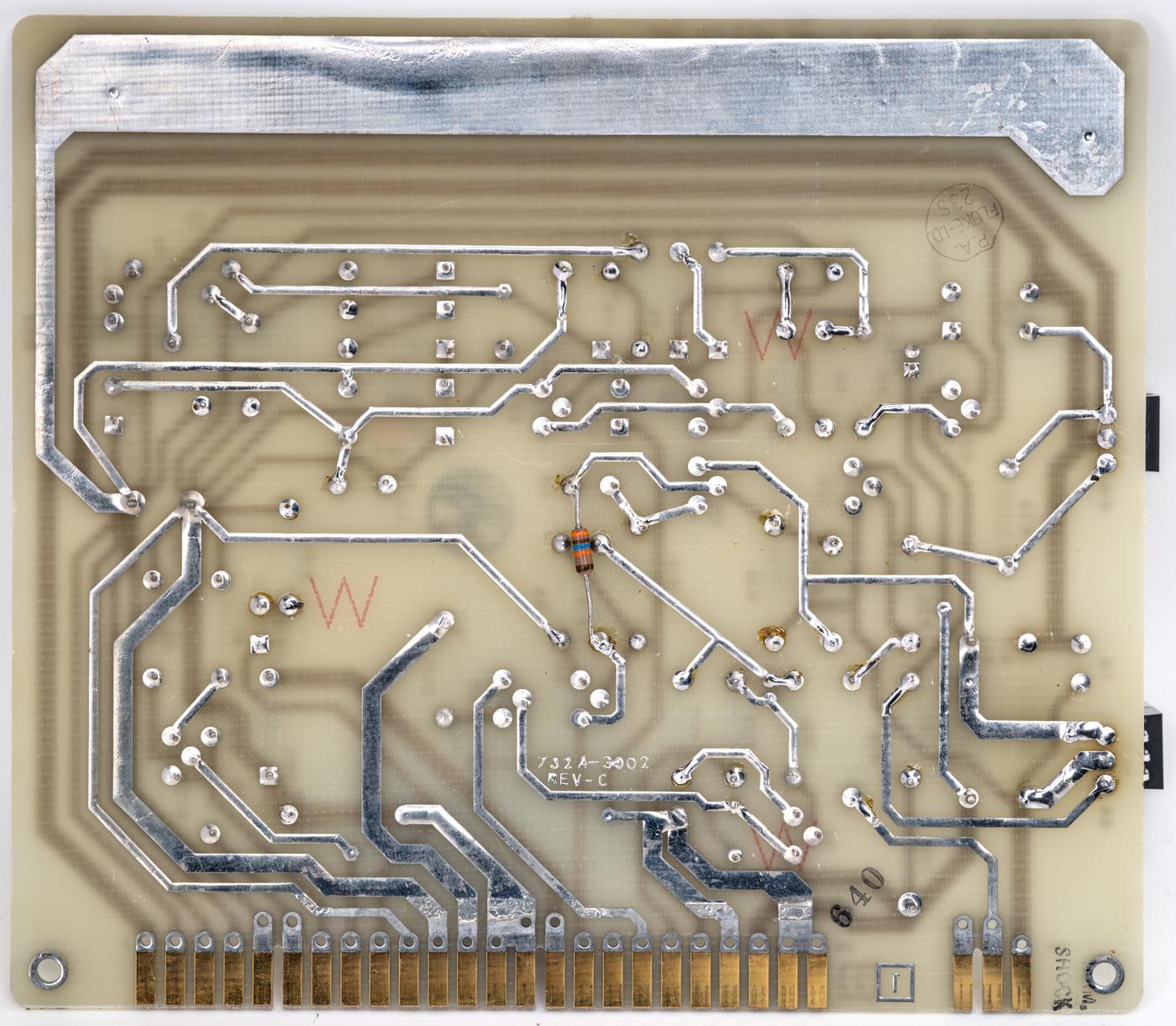
Image 20: Lone resistor on the back, kept original
Battery pack information
Battery pack was already reassembled by the owner of the unit and here just documented result. Batteries have date code from year 2022. Elements used in this pack were EnerSys Genesis NP5-6. These are 6 V 5 Ah VRLAs and have sweet spot stand-by voltage at 6.83 V or 27.3 V total in series array. They are rated for four years of float service life until capacity drops below 60%, typical numbers for VRLA battery pack.
BOM list of parts used in this 732A repair
Here’s the complete BOM list of components used in servicing this 40 year old Fluke 732A standard. I like to get some extra parts when they are cheap to stockpile for future in case I’ll need to repeat the project later. This approach saved me multiple times when part got obsoleted and not available to buy anymore but I still had some new old stock. Especially some classes like axial capacitors or old high-speed transistors are getting hard to acquire these days. Plus we often can get a price break for getting more parts.
| Quantity | Component description | Vendor and partnumber | Digikey SKU | Price, USD (October 2024) |
|---|---|---|---|---|
| 4 | Battery AGM, 6V 5Ah 70 × 47 × 105 mm | EnerSys Genesis NP Series NP5-6 | Not digikey part | 105 |
| 1 | Power Entry Connector Receptacle, Male Blades IEC 320-C14 Panel Mount, Flange | SCHURTER Inc. 5110.0133.1 | 486-1038-ND | 17.92 |
| 5 | Shoulder Washer 0.040” (1.02mm) Thick Polyphenylene Sulfide, Glass Filled | Boyd Laconia, LLC 7721-8PPSG | 7721-8PPSG-ND | 4.48 |
| 1 | Bipolar (BJT) Transistor NPN 120 V 8 A 30MHz 50 W Through Hole TO-220 | onsemi MJE15028G | MJE15028GOS-ND | 1.65 |
| 2 | Bipolar (BJT) Transistor PNP 60 V 6 A 3MHz 2 W Through Hole TO-220 | onsemi TIP42AG | TIP42AGOS | 2.58 |
| 10 | Bipolar (BJT) Transistor NPN – Darlington 60 V 5 A 2 W Through Hole TO-220 | onsemi TIP120G | TIP120GOS-ND | 8.70 |
| 10 | 330 µF 100 V Aluminum Electrolytic Capacitors Axial, Can 120mOhm 8000 Hrs 125°C | Vishay MAL212019331E3 | 4538PHBK-ND | 63.14 |
| 10 | 220 µF 100 V Aluminum Electrolytic Capacitors Axial, Can 660mOhm 8000 Hrs 125°C | Vishay MAL211819221E3 | 4171PHBK-ND | 58.96 |
| 10 | 1 µF Molded Tantalum Capacitors 50 V 2312 (6032 Metric) 5.5Ohm | Kyocera AVX TAJC105M050RNJ | 478-3894-1 | 6.86 |
| 10 | CAP TANT 10 µF 10% 50V RADIAL | Kyocera AVX TAP106K050CRW | 478-TAP106K050CRWCT-ND | 12.96 |
| 10 | CAP TANT 22 µF 10% 50V RADIAL | Kyocera AVX TAP226K050CCS | 478-1879-ND | 56.88 |
| 10 | CAP TANT 100 µF 10% 20V RADIAL | Kyocera AVX TAP107K020CRW | 478-7369-1-ND | 18.75 |
| 10 | Resistor, 510 Ω ±1% 0.6W Through Hole Resistor Axial Metal Film | TE LR1F510R | 1712-LR1F510RCT-ND | 0.54 |
| 10 | Resistor, 100 kΩ ±1% 0.6W Through Hole Resistor Axial Metal Film | TE LR1F100K | A105945CT-ND | 0.54 |
| 10 | Resistor, 91 kΩ 5% 2W AXIAL | TE RR02J91KTB | A138369CT | 1.74 |
| 10 | Resistor, 18 kΩ 0.6W 1% AXIAL | Vishay MBB02070C1802FCT00 | BC3640CT-ND | 1.2 |
| 10 | Resistor, 1 MΩ 0.6W 1% AXIAL | Vishay MBB02070C1004FCT00 | BC3573CT-ND | 1.17 |
| 10 | Resistor, 16 kΩ 1% 0.6W AXIAL | Vishay MBB02070C1602FCT00 | BC4451CT-ND | 3.09 |
| 10 | Resistor, 3.3 Ω 0.6W 1% AXIAL | Vishay MBB02070C3308FCT00 | BC3750CT-ND | 1.29 |
| 10 | Resistor, 10 Ω 0.6W 1% AXIAL | Vishay MBB02070C1009FCT00 | BC3580CT | 1.2 |
| 10 | Resistor, 4.3 kΩ 1% 0.6W AXIAL | Vishay MBB02070C4301FCT00 | BC4474CT | 3.09 |
| 10 | Resistor, 3 kΩ 1% 0.6W AXIAL | Vishay MBB02070C3001FCT00 | BC4461CT-ND | 3.09 |
| 10 | Resistor, 2.7 kΩ 0.6W 1% AXIAL | Vishay MBB02070C2701FCT00 | BC3711CT | 1.2 |
| 10 | Resistor, 8.2 kΩ 0.6W 1% AXIAL | Vishay MBB02070C8201FCT00 | BC3891CT | 1.2 |
| 10 | Resistor, 270 kΩ 0.6W 1% AXIAL | Vishay MBB02070C2703FCT00 | BC3715CT | 1.19 |
| 10 | Resistor, 51 kΩ 0.6W 1% AXIAL | Vishay MBB02070C5102FC100 | BC3822CT | 3.57 |
| 10 | Resistor, 150 kΩ 0.6W 1% AXIAL | Vishay MBB02070C1503FCT00 | BC3620CT | 1.2 |
Table 1: Component list for Fluke 732A DC standard repairs
Total cost to refurbish 732A (with some extra parts left over for future projects) was approximately $400 USD including shipping. If no extra parts to be ordered this cost could probably optimize down to $250 USD or so. Parts replacement process took about 5 hours from start to finish, pretty doable in a weekend time.
Chassis
No obvious problems found upon chassis condition check. Internal oven block was not disassembled or opened at this point.
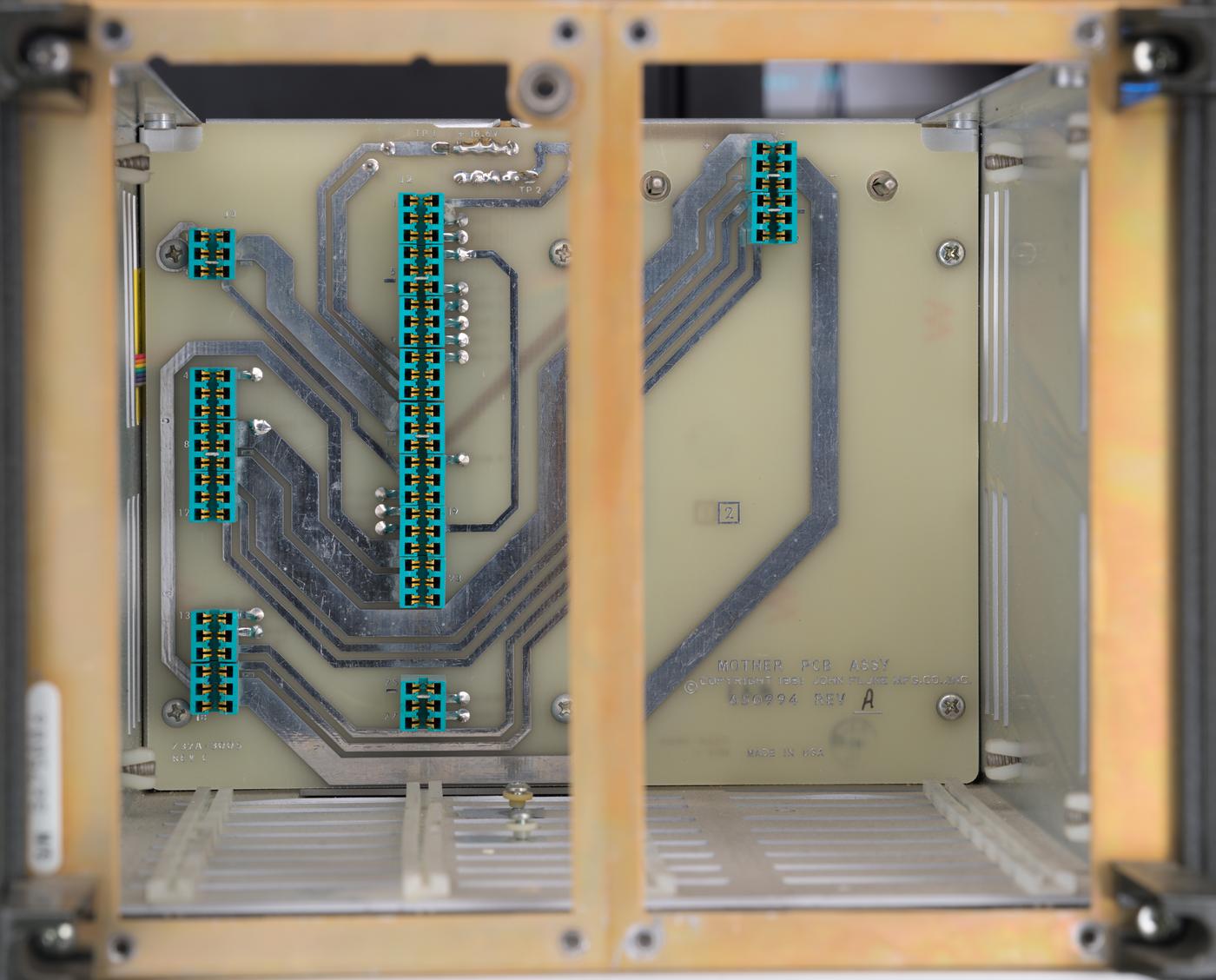
Image 21: Contact and connectors condition on the backplane board
Serial number can be found on the back of the 732A as well.
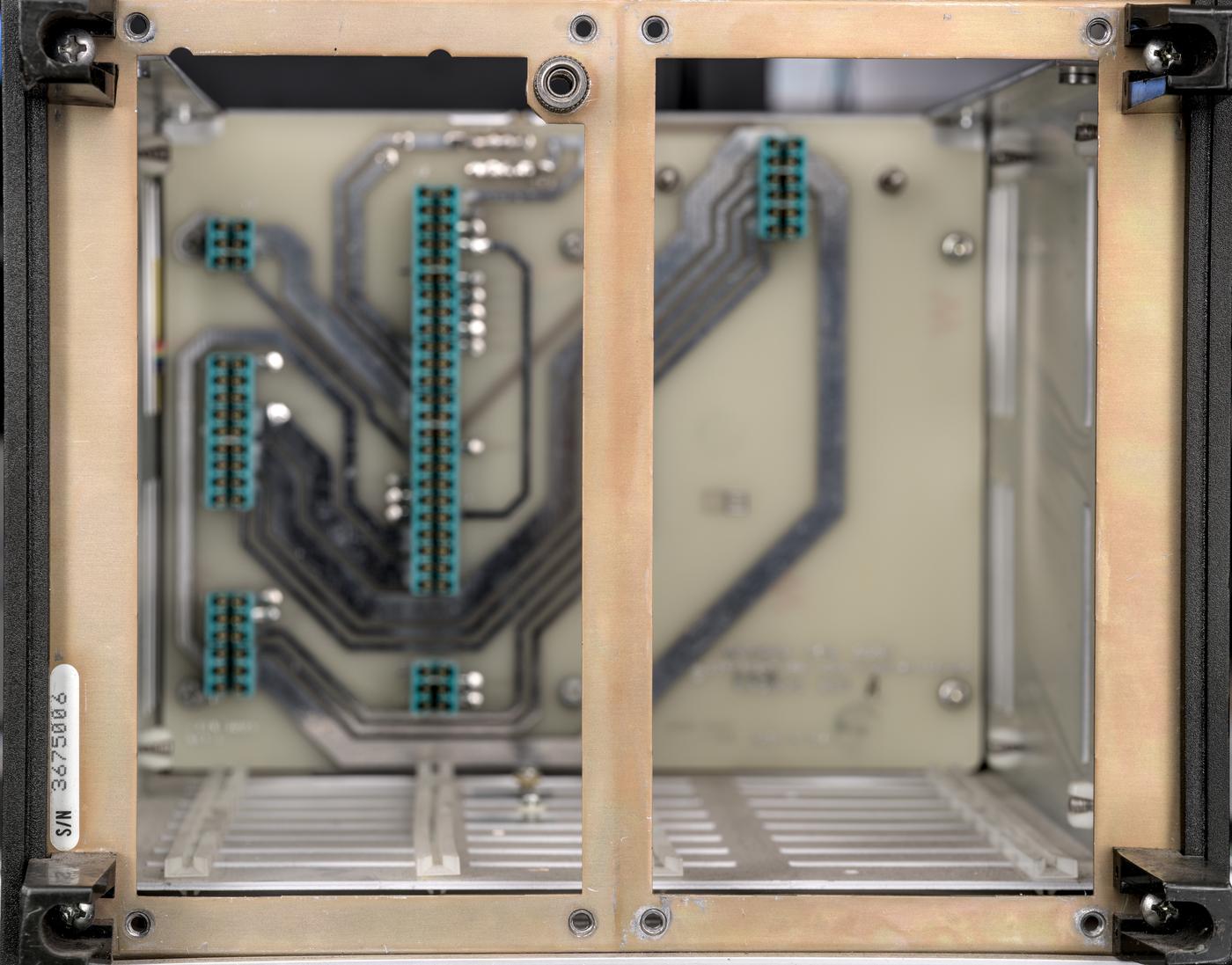
Image 22: Serial number label for this Fluke 732A
Reassembly and first power on smoke test
Thermal camera is handy for first power-ups to visualize if anything heating excessively over +70 °C. This would be a better way to investigate possible problems before we get to the point of smelling magic smoke escaping the chips. Remember, once magic smoke is released, there is no way to put it back into the component to make it work again.
Battery charger adjustments and verification
It is important to check and adjust battery floating and charge peak voltages. We don’t want a charger circuit to overcharge chemical battery with high voltage as that will reduce the battery life significantly and may cause even more damage if left for extended period of time.
Without adjustment of the battery voltage to match specs of modern batteries used in old 732A charger likely would be overcharging the cells and cause loss of capacity or possible damages after just few months. Always consult the specifications for your batteries.
Initial 24-hour stability benchmark
For this test 732A was connected to the characterized and freshly calibrated HP 3458A 8½-digit DMM and measured during 24 hour period. Few additional 3458A and Keithley 2002 were used to monitor 1 V, 1.018 V and thermistor outputs at the same time so we get the overall health idea of this freshly repaired unit. AC source Chrome 61604 was configured to supply stable 120 VAC and 60 Hz.
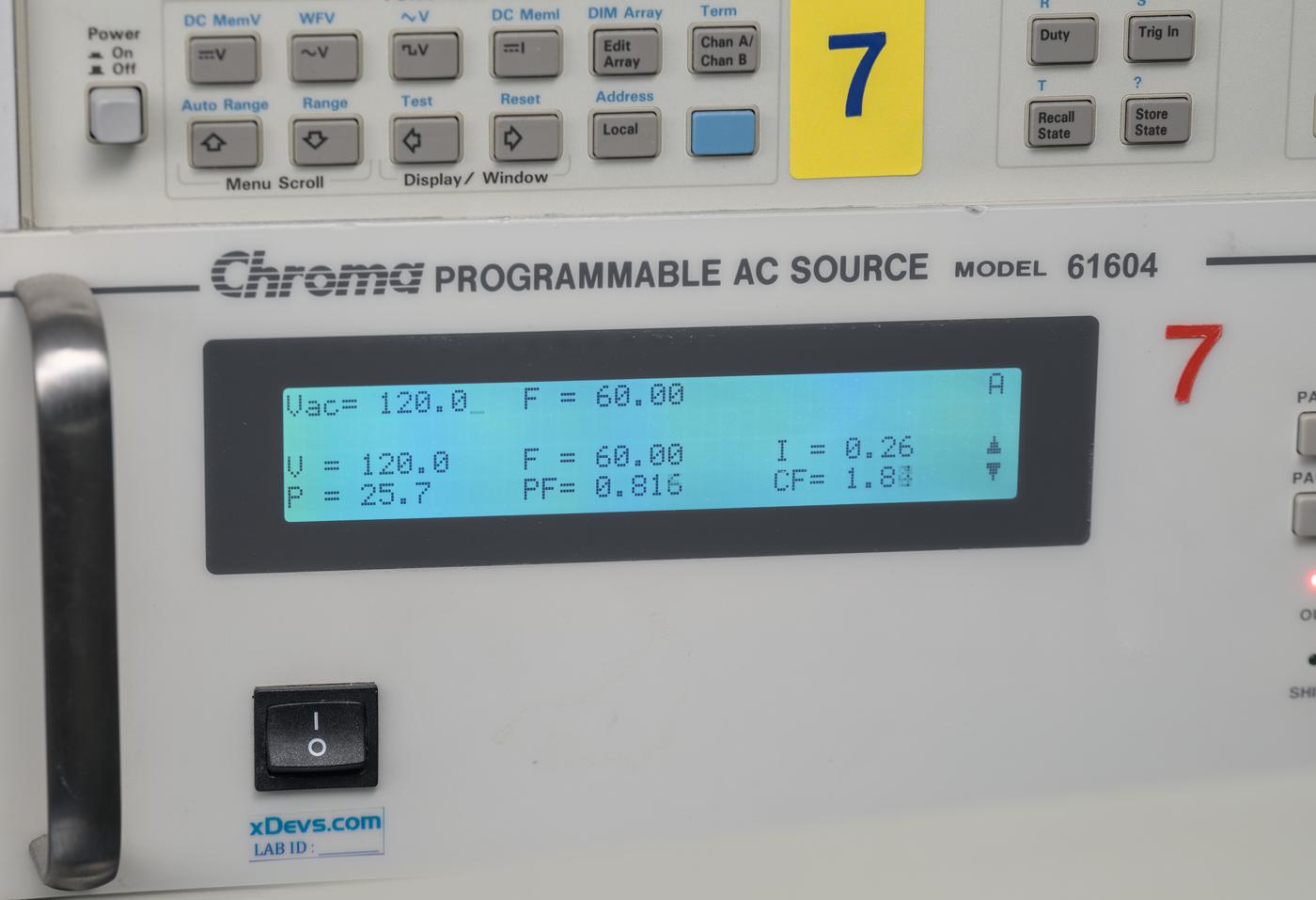
Image 23: AC power measurement from source with 732A charging it’s batteries
With battery in trickle charge more 732A consuming about 25 W with power factor about 0.82. Battery voltage was measured by second K2002 with input connected to battery jack on the back of the 732A. Once battery fully charged power consumption from AC source dropped to about 15 W, which is reasonable for long-term operation as lab standard w/o needing a fan.
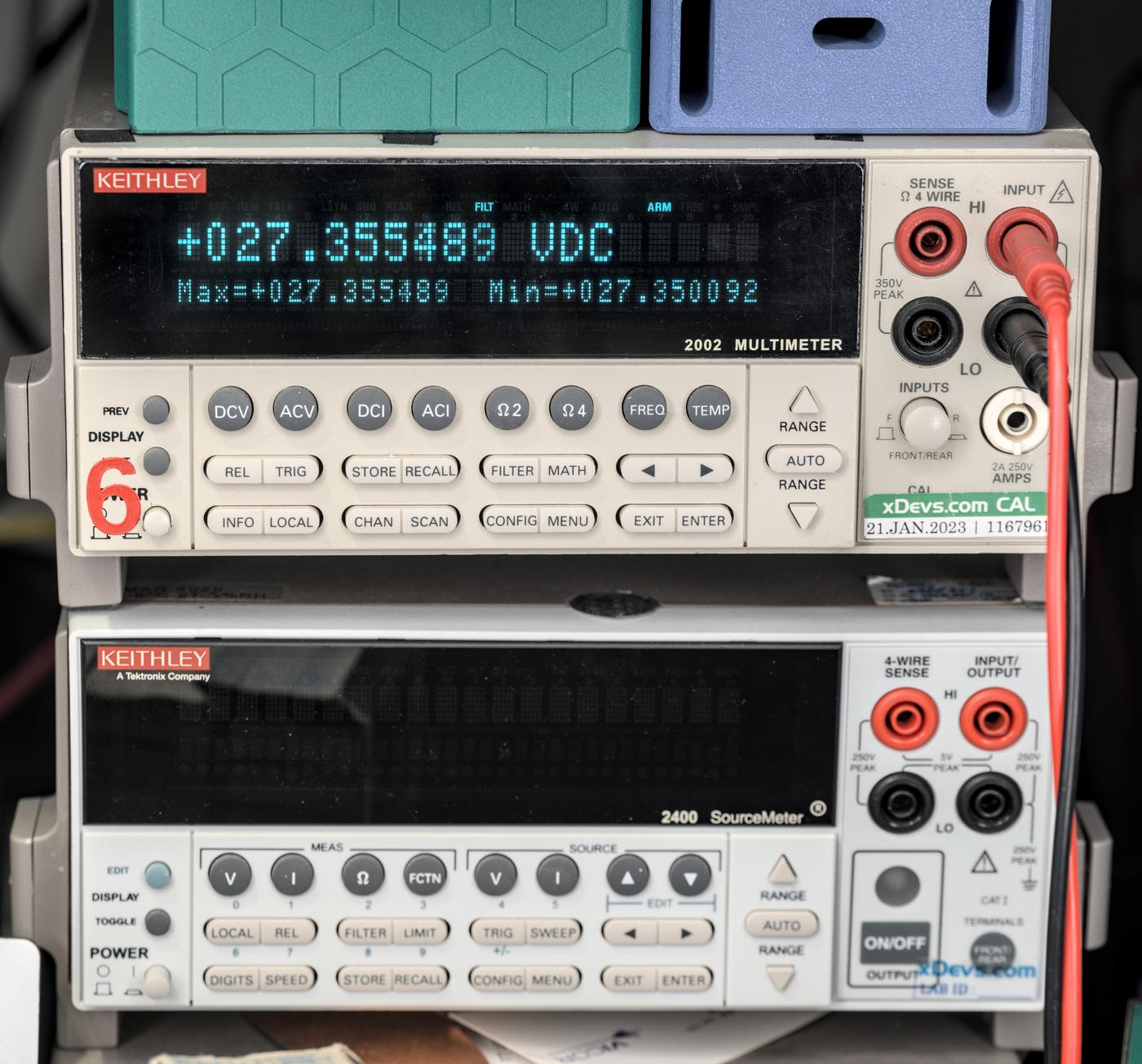
Image 24: Battery pack voltage measurement
First output was measured around +9.999964 VDC and looking like a good start after repair. DMM was calibrated a while ago in April 2023, so this is only relative measurement with degraded uncertainty.
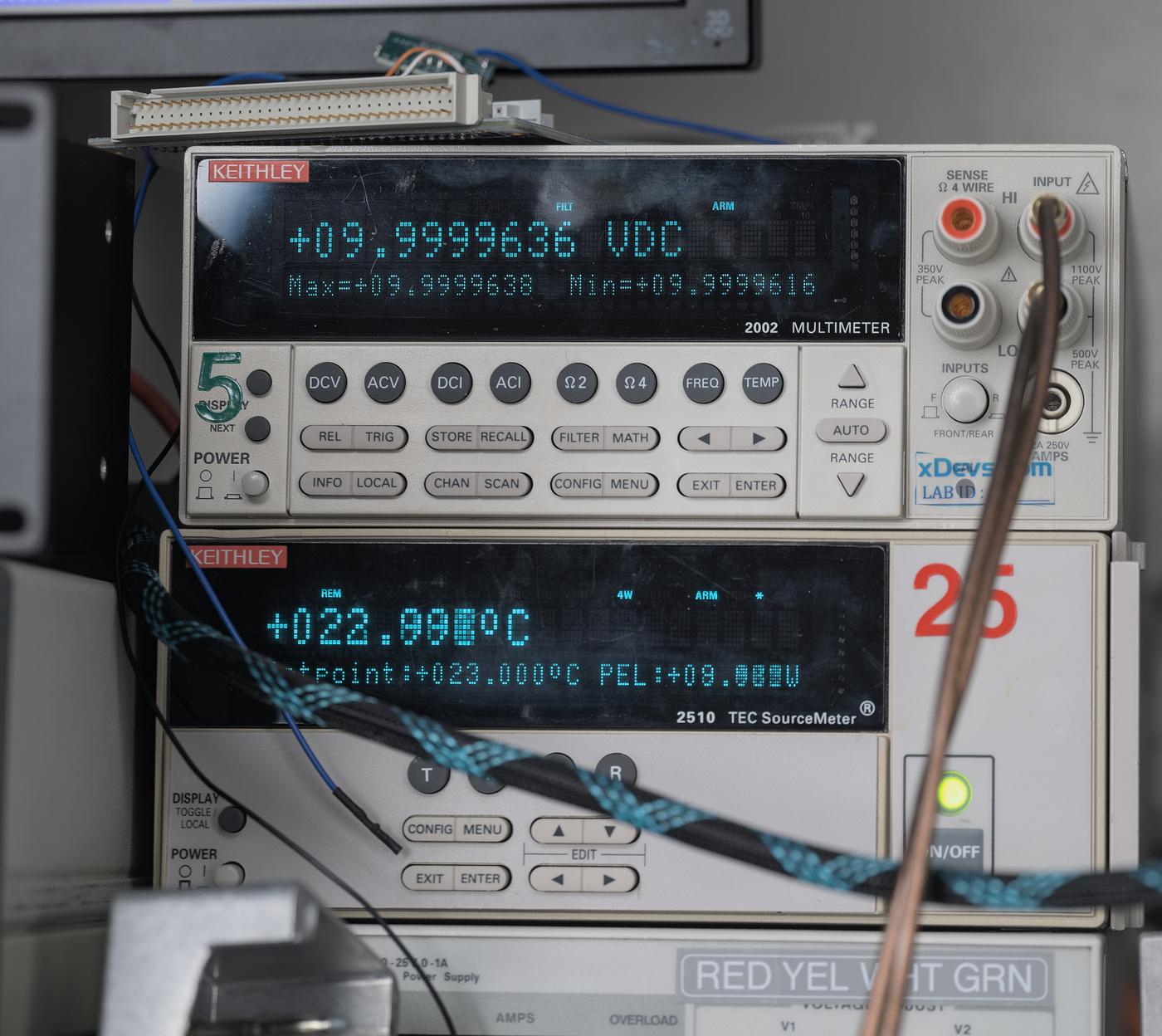
Image 25: Output voltage initial voltage measurement
Let’s do number of tests next. 732A was powered up and warmed to proper operating temperatures to go with adjustments for battery voltage and charger levels. All the adjustments done according to Fluke 732A instruction manual for repair.
Thermal images of the A3 and A4 cards
Temperatures of all power components were checked with a fancy thermal imaging camera.
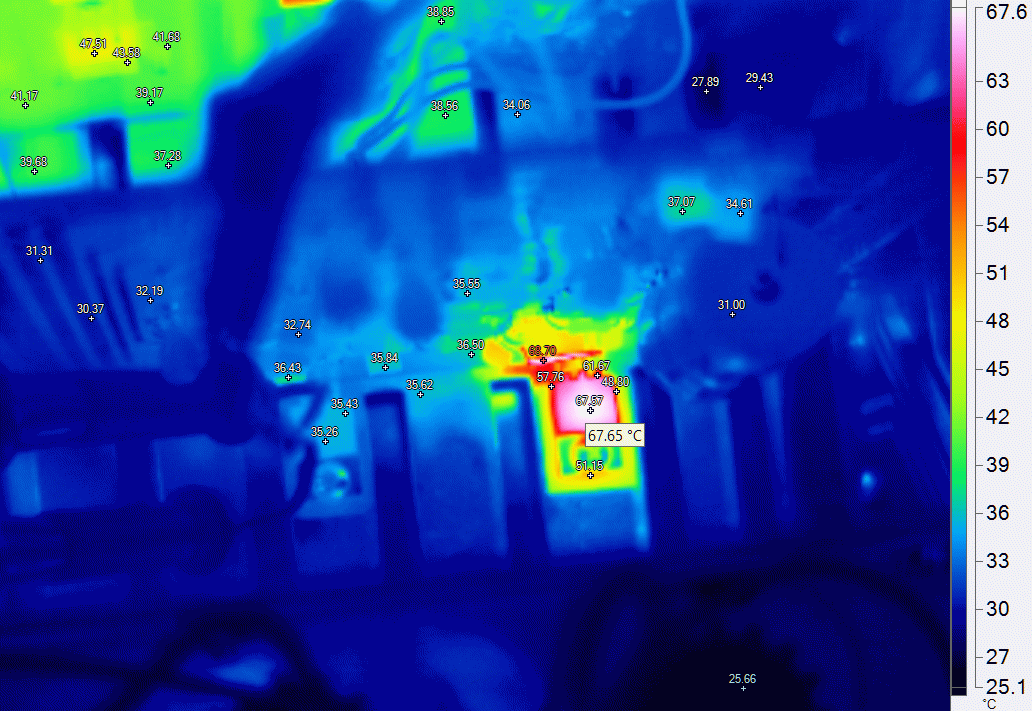
Image 26: Thermal image of the components on the circuit board A3
All temperatures were good with hottest for diode bridge on A3 at +65 °C.
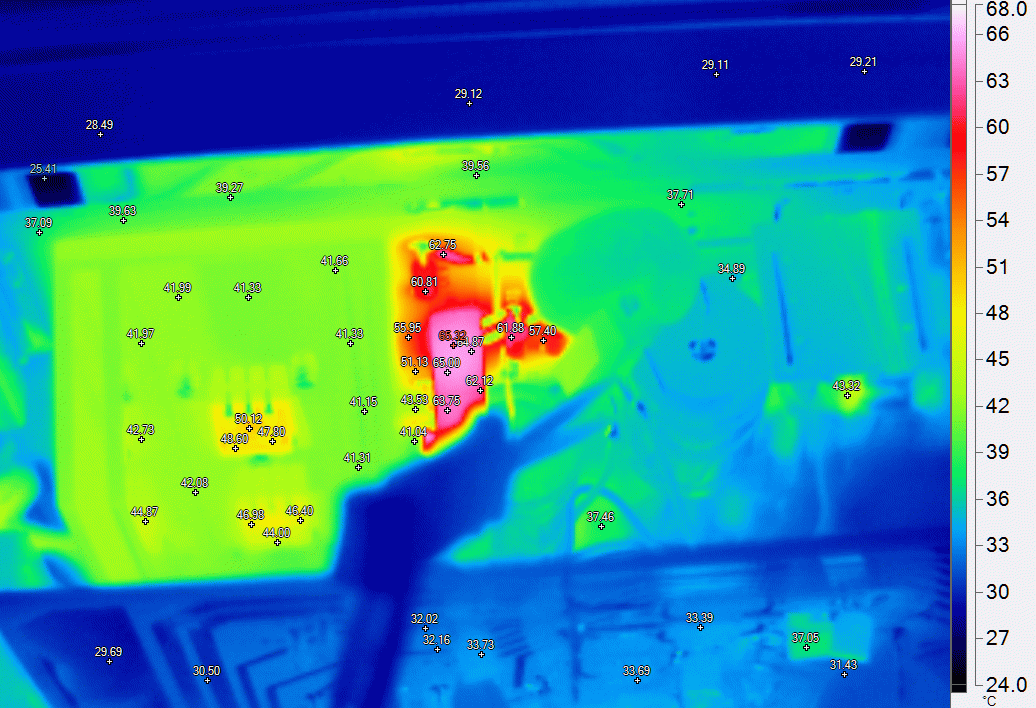
Image 27: Thermal image of the transistors from A4 board
Transistor on A4 was keeping warm at around +68 °C. Everything else was much cooler than these hottest parts.
Performance tests
Now that 732A is all back together and warmed up we can go ahead with performance verifications. DC voltage standard can be checked and verified for many aspects and performance parameters but I like to focus on three main points such as noise, battery/mains operation and output stability over longer durations.
10V output noise performance verification
Noise is another important performance parameter of a DC voltage standard. Ideally we’d want constant voltage level at the output but due to zener and active components we always end up with some small but measurable random noise at the output. For instrument like 732A typical amplitude is about 1 µV pk-pk in 0.1-10 Hz bandwidth for 10 V output. This can be tested with high gain LNA and oscilloscope. Some of such measurement process was already shown at xDevs before.
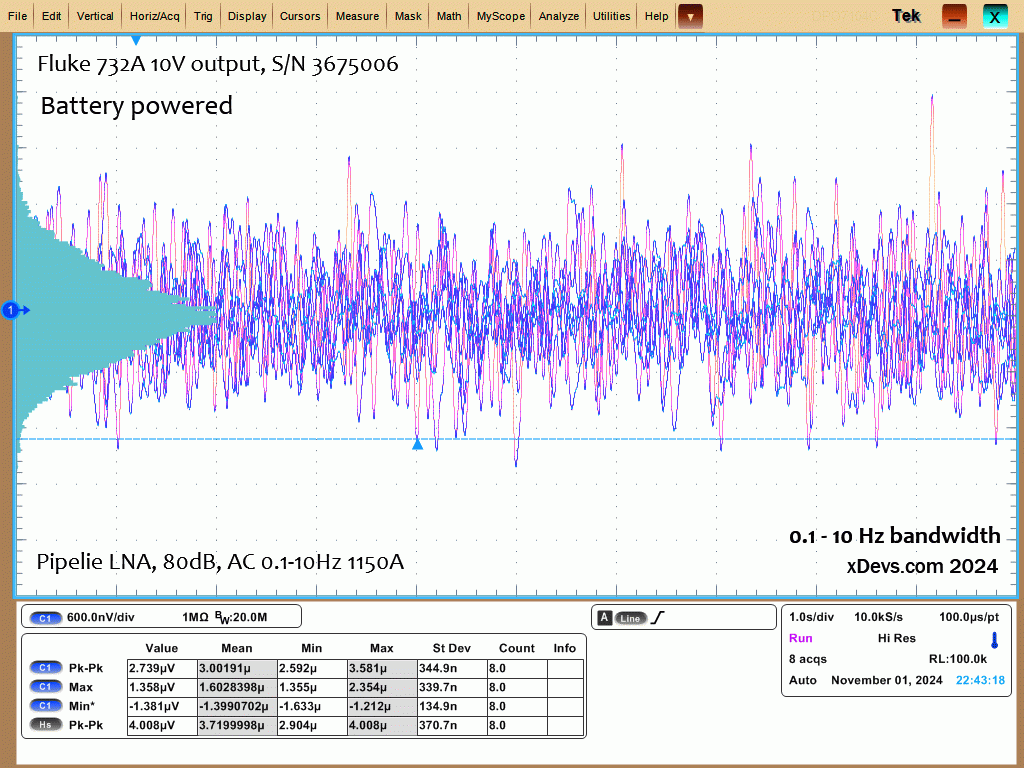
Image 28: Noise measurement in 0.1 – 10 Hz bandwidth for 10 V output, battery powered
Noise measured at the output was about 3 µV peak to peak, which is close to Fluke 732A specification limit, which is 1 µV RMS. I’d say this unit is within reasonable margins and no troubleshooting is required at this moment in time.
Battery life, AC/DC power difference test
732A specified for typical 12 hours of battery life at +23 °C lab conditions. This test is easy to do, just connect DVM such as Keithley 2002 to the output and leave the 732A running on battery power until the output goes out of the regulation. Another useful information gained from this test would be measurement of the possible output voltage change or shifts if 732A is mains AC powered or battery powered.
Usually that is a bigger problem for more compact standards, such as 732B or 7001 because heat generated inside of the instrument might slightly differ, enough to be visible in the output stability. Another possible reason of differences could be bad insulation to the earth or possible leakages, forming unwanted parasitic ground loops.
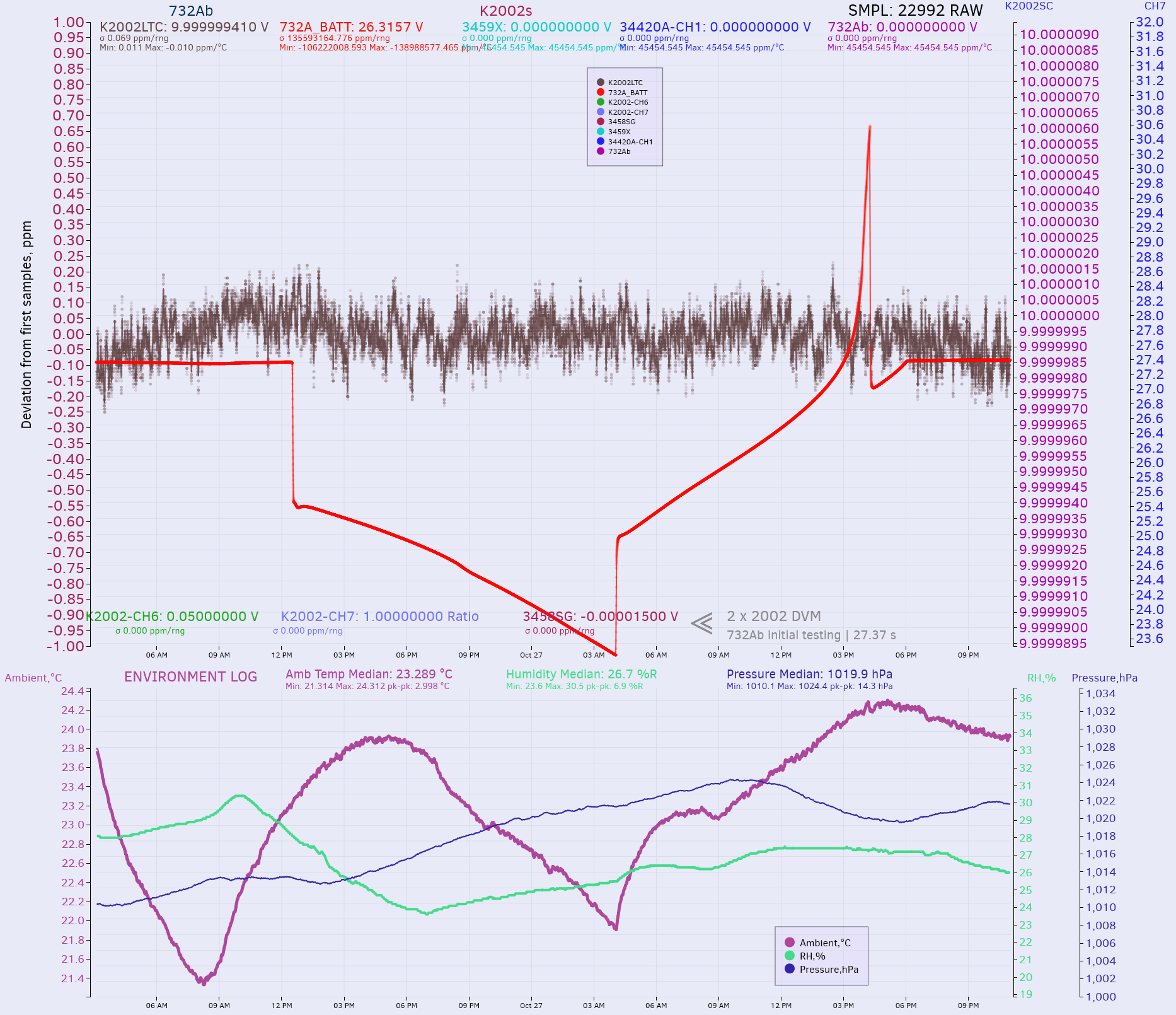
Image 29: Initial 10 V measurement with battery discharge and charge cycle
This data reveals so far that the charger was tweaked to correct voltage for stand-by operation about 27.34 V and standard was able to run 15 hours on single charge without any issues. I did not see any changes in 10 V output voltage between AC powered operation or floated battery mode either. This is a very good sign and instills confidence that no oven compartment disassembly or repairs are needed for this unit. Output voltage was pretty close to 10 V nominal value, so we don’t need to mess with trimmers either. This specific modified Keithley 2002 was calibrated on 26 April 2023.
DC Output calibration against lab standards
For final calibration 732A was connected to zener bank array of 15 other standards and measured in series opposition method with Keithley 2182A sensitive nanovoltmeter and DataProof 160A scanner. This is a best way to calibrate 10 V DC standards without expensive and elaborate involvement of the quantum voltage standard calibrations.
Greatly reduced sensitivity to gain, linearity and noise errors from the DMM are the key benefits of series opposition comparison approach. This is due to the use of most sensitive range to measure only small differential voltages between the calibrated source and unknown device under test. With capable scanner polarity of such measurement can be also reversed, furthre removing thermal emf errors at the interconnect points.
Calibration values presented in this article are not accredited certification nor legally traceable to the international metrology realization of voltage. They are unofficial best effort results valid only for educational purpose, with data valid only during this device time at xDevs lab.
Calibration data for this standard is provided in table here.
| Date and time | Voltage calibration | Ambient temperature | Humidity | Pressure | Deviation from first value |
|---|---|---|---|---|---|
| 10/28/2024 03:35:43 | 9.99999921 V ±0.2 µV/V | +22.89 °C | 32.0 % | 1021.6 hPa | Reference |
| 10/28/2024 04:32:54 | 9.99999956 V ±0.2 µV/V | +22.7 °C | 31.8 % | 1021.6 hPa | 0.035 µV/V |
| 10/28/2024 05:30:02 | 9.99999984 V ±0.2 µV/V | +22.57 °C | 31.6 % | 1021.9 hPa | 0.063 µV/V |
| 10/28/2024 06:27:10 | 9.99999931 V ±0.2 µV/V | +22.48 °C | 31.5 % | 1022.5 hPa | 0.010 µV/V |
| 10/28/2024 07:24:17 | 9.99999945 V ±0.2 µV/V | +22.35 °C | 31.5 % | 1023 hPa | 0.024 µV/V |
| 10/28/2024 08:21:24 | 9.99999937 V ±0.2 µV/V | +22.25 °C | 31.5 % | 1023.5 hPa | 0.016 µV/V |
| 10/28/2024 09:18:34 | 9.99999933 V ±0.2 µV/V | +22.2 °C | 31.5 % | 1024 hPa | 0.012 µV/V |
| 10/28/2024 10:15:43 | 9.99999884 V ±0.2 µV/V | +22.33 °C | 31.7 % | 1024.5 hPa | -0.037 µV/V |
| 10/28/2024 11:12:52 | 9.99999901 V ±0.2 µV/V | +22.49 °C | 31.9 % | 1024.6 hPa | -0.020 µV/V |
| 10/28/2024 12:09:59 | 9.99999880 V ±0.2 µV/V | +22.57 °C | 32.3 % | 1024.5 hPa | -0.041 µV/V |
| 10/28/2024 13:07:01 | 9.99999884 V ±0.2 µV/V | +22.66 °C | 32.6 % | 1024.2 hPa | -0.038 µV/V |
| 10/28/2024 14:04:01 | 9.99999953 V ±0.2 µV/V | +22.78 °C | 32.6 % | 1023.5 hPa | 0.032 µV/V |
| 10/28/2024 15:01:03 | 9.99999927 V ±0.2 µV/V | +22.94 °C | 32.9 % | 1023 hPa | 0.006 µV/V |
| 10/28/2024 15:58:10 | 10.0000002 V ±0.2 µV/V | +23.09 °C | 32.9 % | 1022.6 hPa | 0.096 µV/V |
| 10/28/2024 16:55:21 | 9.99999871 V ±0.2 µV/V | +23.2°C | 32.9 % | 1022.4 hPa | -0.050 µV/V |
| 10/28/2024 17:52:33 | 9.99999940 V ±0.2 µV/V | +22.94 °C | 33% | 1022.4 hPa | 0.019 µV/V |
| 10/28/2024 18:49:44 | 9.99999930 V ±0.2 µV/V | +22.71 °C | 32.7 % | 1022.8 hPa | 0.009 µV/V |
| 10/28/2024 19:46:51 | 9.99999902 V ±0.2 µV/V | +23.17 °C | 33.3 % | 1023.4 hPa | -0.019 µV/V |
| 10/28/2024 20:44:03 | 9.99999912 V ±0.2 µV/V | +23.24 °C | 33.7 % | 1023.9 hPa | -0.009 µV/V |
| 10/28/2024 21:41:16 | 10.0000005 V ±0.2 µV/V | +23.18 °C | 33.8 % | 1024.3 hPa | 0.126 µV/V |
| 10/28/2024 22:38:25 | 9.99999920 V ±0.2 µV/V | +23.16 °C | 33.8 % | 1024.6 hPa | -0.002 µV/V |
| 10/28/2024 23:35:36 | 9.99999916 V ±0.2 µV/V | +23.16 °C | 33.9 % | 1024.8 hPa | -0.005 µV/V |
| 10/29/2024 00:32:48 | 9.99999864 V ±0.2 µV/V | +23.17 °C | 33.9 % | 1024.9 hPa | -0.057 µV/V |
| 10/29/2024 01:29:58 | 9.99999868 V ±0.2 µV/V | +23.09 °C | 33.7 % | 1025 hPa | -0.053 µV/V |
| 10/29/2024 02:27:09 | 9.99999940 V ±0.2 µV/V | +22.97 °C | 33.5 % | 1024.9 hPa | 0.019 µV/V |
| 10/29/2024 03:24:19 | 9.99999911 V ±0.2 µV/V | +22.89 °C | 33.7 % | 1025 hPa | -0.010 µV/V |
| 10/29/2024 04:21:26 | 9.99999924 V ±0.2 µV/V | +22.79 °C | 33.6 % | 1024.7 hPa | 0.003 µV/V |
| 10/29/2024 05:18:35 | 9.99999927 V ±0.2 µV/V | +22.69 °C | 33.3 % | 1024.9 hPa | 0.006 µV/V |
| 10/29/2024 06:15:47 | 9.99999903 V ±0.2 µV/V | +22.56 °C | 33% | 1025 hPa | -0.018 µV/V |
| 10/29/2024 07:12:54 | 9.99999934 V ±0.2 µV/V | +22.45 °C | 32.9 % | 1025.1 hPa | 0.013 µV/V |
| 10/29/2024 08:10:01 | 9.99999836 V ±0.2 µV/V | +22.33 °C | 32.7 % | 1025 hPa | -0.085 µV/V |
| 10/29/2024 09:07:08 | 9.99999946 V ±0.2 µV/V | +22.35 °C | 32.7 % | 1025.3 hPa | 0.025 µV/V |
| 10/29/2024 10:04:16 | 9.99999871 V ±0.2 µV/V | +22.45 °C | 33.2 % | 1025.4 hPa | -0.050 µV/V |
| 10/29/2024 11:01:23 | 9.99999834 V ±0.2 µV/V | +22.58 °C | 33.6 % | 1025.4 hPa | -0.087 µV/V |
| 10/29/2024 11:58:31 | 9.99999837 V ±0.2 µV/V | +22.68 °C | 34% | 1025 hPa | -0.084 µV/V |
| 10/29/2024 12:55:37 | 9.99999850 V ±0.2 µV/V | +22.82 °C | 34.3 % | 1024.4 hPa | -0.071 µV/V |
| 10/29/2024 13:52:43 | 9.99999852 V ±0.2 µV/V | +22.98 °C | 34.7 % | 1023.4 hPa | -0.069 µV/V |
| 10/29/2024 14:49:53 | 9.99999932 V ±0.2 µV/V | +23.12 °C | 35% | 1022.5 hPa | 0.011 µV/V |
| 10/29/2024 15:47:02 | 9.99999932 V ±0.2 µV/V | +23.3°C | 35.4 % | 1022.1 hPa | 0.011 µV/V |
| 10/29/2024 16:44:16 | 9.99999985 V ±0.2 µV/V | +23.44 °C | 35.7 % | 1022 hPa | 0.075 µV/V |
| 10/29/2024 17:41:28 | 9.99999854 V ±0.2 µV/V | +23.57 °C | 36.1 % | 1021.8 hPa | -0.067 µV/V |
| 10/29/2024 18:38:40 | 9.99999866 V ±0.2 µV/V | +23.67 °C | 36.8 % | 1022 hPa | -0.056 µV/V |
| 10/29/2024 19:35:55 | 9.99999893 V ±0.2 µV/V | +23.79 °C | 37.2 % | 1022.2 hPa | -0.028 µV/V |
| 10/29/2024 20:33:10 | 9.99999916 V ±0.2 µV/V | +23.85 °C | 38.7 % | 1022 hPa | -0.005 µV/V |
| 10/29/2024 21:30:27 | 9.99999904 V ±0.2 µV/V | +23.95 °C | 39.7 % | 1021.9 hPa | -0.017 µV/V |
| 10/29/2024 22:27:42 | 9.99999906 V ±0.2 µV/V | +24.02 °C | 39.8 % | 1021.9 hPa | -0.016 µV/V |
| 10/29/2024 23:25:00 | 9.99999849 V ±0.2 µV/V | +24.04 °C | 40.3 % | 1021.8 hPa | -0.072 µV/V |
| 10/30/2024 00:22:16 | 9.99999929 V ±0.2 µV/V | +24.1 °C | 40.4 % | 1021.6 hPa | 0.008 µV/V |
| 10/30/2024 01:19:36 | 9.99999902 V ±0.2 µV/V | +24.21 °C | 40.7 % | 1021.6 hPa | -0.019 µV/V |
| 10/30/2024 02:16:57 | 9.99999883 V ±0.2 µV/V | +24.26 °C | 40.8 % | 1021.6 hPa | -0.038 µV/V |
| 10/30/2024 03:14:16 | 9.99999892 V ±0.2 µV/V | +24.29 °C | 40.8 % | 1021.3 hPa | -0.029 µV/V |
| 10/30/2024 04:11:35 | 9.99999896 V ±0.2 µV/V | +24.31 °C | 40.7 % | 1021.1 hPa | -0.026 µV/V |
| 10/30/2024 05:08:52 | 9.99999908 V ±0.2 µV/V | +24.29 °C | 40.8 % | 1021.1 hPa | -0.013 µV/V |
| 10/30/2024 06:06:17 | 9.99999883 V ±0.2 µV/V | +24.2 °C | 41.1 % | 1021.1 hPa | -0.038 µV/V |
| 10/30/2024 07:03:39 | 9.99999898 V ±0.2 µV/V | +24.08 °C | 41.5 % | 1021.2 hPa | -0.023 µV/V |
| 10/30/2024 08:01:03 | 9.99999838 V ±0.2 µV/V | +24.02 °C | 41.6 % | 1021.1 hPa | -0.084 µV/V |
| 10/30/2024 08:58:30 | 9.99999869 V ±0.2 µV/V | +23.96 °C | 41.8 % | 1021 hPa | -0.052 µV/V |
| 10/30/2024 09:55:53 | 9.99999845 V ±0.2 µV/V | +24.01 °C | 42 % | 1021 hPa | -0.076 µV/V |
| 10/30/2024 10:53:15 | 9.99999909 V ±0.2 µV/V | +24.21 °C | 41.8 % | 1020.8 hPa | -0.012 µV/V |
| 10/30/2024 11:50:40 | 9.99999870 V ±0.2 µV/V | +24.35 °C | 42.1 % | 1020.2 hPa | -0.052 µV/V |
| 10/30/2024 12:48:00 | 9.99999827 V ±0.2 µV/V | +24.55 °C | 42.2 % | 1019.3 hPa | -0.094 µV/V |
| 10/30/2024 13:45:24 | 9.99999798 V ±0.2 µV/V | +24.7 °C | 42 % | 1018.2 hPa | -0.124 µV/V |
| 10/30/2024 14:42:50 | 9.99999830 V ±0.2 µV/V | +24.88 °C | 41.8 % | 1017.3 hPa | -0.092 µV/V |
| 10/30/2024 15:40:19 | 9.99999812 V ±0.2 µV/V | +25.07 °C | 41.8 % | 1016.8 hPa | -0.109 µV/V |
| 10/30/2024 16:37:55 | 9.99999835 V ±0.2 µV/V | +25.26 °C | 42 % | 1016.6 hPa | -0.087 µV/V |
| 10/30/2024 17:35:25 | 9.99999874 V ±0.2 µV/V | +25.44 °C | 42.2 % | 1016.3 hPa | -0.047 µV/V |
| 10/30/2024 18:32:57 | 9.99999888 V ±0.2 µV/V | +25.56 °C | 42.4 % | 1016.2 hPa | -0.033 µV/V |
| 10/30/2024 19:30:26 | 9.99999919 V ±0.2 µV/V | +25.5 °C | 42.9 % | 1016.4 hPa | -0.002 µV/V |
| 10/30/2024 20:28:01 | 9.99999890 V ±0.2 µV/V | +25.38 °C | 43.7 % | 1016.2 hPa | -0.032 µV/V |
| 10/30/2024 21:25:38 | 9.99999935 V ±0.2 µV/V | +25.13 °C | 44.3 % | 1016.1 hPa | 0.014 µV/V |
| 10/30/2024 22:23:08 | 9.99999888 V ±0.2 µV/V | +25.27 °C | 43.5 % | 1016.1 hPa | -0.033 µV/V |
| 10/30/2024 23:20:46 | 9.99999891 V ±0.2 µV/V | +25.21 °C | 43.3 % | 1016.1 hPa | -0.030 µV/V |
| 10/31/2024 00:18:25 | 9.99999951 V ±0.2 µV/V | +25.06 °C | 42.9 % | 1015.8 hPa | 0.029 µV/V |
| 10/31/2024 01:15:58 | 9.99999903 V ±0.2 µV/V | +24.97 °C | 42.4 % | 1015.5 hPa | -0.019 µV/V |
| 10/31/2024 02:13:19 | 9.99999918 V ±0.2 µV/V | +25.04 °C | 41 % | 1015 hPa | -0.004 µV/V |
| 10/31/2024 03:10:34 | 9.99999949 V ±0.2 µV/V | +24.91 °C | 40 % | 1014.8 hPa | 0.027 µV/V |
| 10/31/2024 04:07:44 | 9.99999861 V ±0.2 µV/V | +24.74 °C | 39.6 % | 1014.5 hPa | -0.061 µV/V |
| 10/31/2024 05:04:56 | 9.99999904 V ±0.2 µV/V | +24.55 °C | 39 % | 1014.6 hPa | -0.017 µV/V |
| 10/31/2024 06:02:04 | 9.99999912 V ±0.2 µV/V | +24.36 °C | 38.6 % | 1014.7 hPa | -0.009 µV/V |
| 10/31/2024 06:59:16 | 9.99999872 V ±0.2 µV/V | +24.15 °C | 38.2 % | 1014.6 hPa | -0.049 µV/V |
| 10/31/2024 07:56:24 | 9.99999890 V ±0.2 µV/V | +23.98 °C | 37.9 % | 1014.5 hPa | -0.032 µV/V |
| 10/31/2024 08:53:31 | 9.99999899 V ±0.2 µV/V | +23.87 °C | 38.1 % | 1014.8 hPa | -0.023 µV/V |
| 10/31/2024 09:50:45 | 9.99999911 V ±0.2 µV/V | +23.9 °C | 40 % | 1014.8 hPa | -0.010 µV/V |
| 10/31/2024 10:48:08 | 9.99999873 V ±0.2 µV/V | +23.99 °C | 41.7 % | 1014.5 hPa | -0.049 µV/V |
| 10/31/2024 11:45:26 | 9.99999919 V ±0.2 µV/V | +24.39 °C | 41.7 % | 1013.9 hPa | -0.002 µV/V |
| 10/31/2024 12:42:51 | 9.99999887 V ±0.2 µV/V | +24.76 °C | 41.7 % | 1013.3 hPa | -0.034 µV/V |
| 10/31/2024 13:40:17 | 9.99999914 V ±0.2 µV/V | +25.03 °C | 42.1 % | 1012.3 hPa | -0.007 µV/V |
| 10/31/2024 14:37:49 | 9.99999874 V ±0.2 µV/V | +25.26 °C | 42.7 % | 1011.3 hPa | -0.047 µV/V |
| 10/31/2024 15:35:30 | 9.99999884 V ±0.2 µV/V | +25.46 °C | 42.9 % | 1010.5 hPa | -0.037 µV/V |
| 10/31/2024 16:33:12 | 9.99999857 V ±0.2 µV/V | +25.64 °C | 43.2 % | 1010 hPa | -0.063 µV/V |
| 10/31/2024 17:30:54 | 9.99999815 V ±0.2 µV/V | +25.79 °C | 43.4 % | 1009.7 hPa | -0.106 µV/V |
| 10/31/2024 18:28:35 | 9.99999833 V ±0.2 µV/V | +25.95 °C | 44 % | 1009.6 hPa | -0.087 µV/V |
| 10/31/2024 19:26:21 | 9.99999820 V ±0.2 µV/V | +25.97 °C | 44.1 % | 1009.7 hPa | -0.101 µV/V |
| 10/31/2024 20:24:03 | 9.99999805 V ±0.2 µV/V | +25.92 °C | 44.5 % | 1009.5 hPa | -0.115 µV/V |
| 10/31/2024 21:21:45 | 9.99999807 V ±0.2 µV/V | +26 °C | 44.8 % | 1009.3 hPa | -0.114 µV/V |
| 10/31/2024 22:19:19 | 9.99999828 V ±0.2 µV/V | +26.14 °C | 44.9 % | 1009 hPa | -0.093 µV/V |
| 10/31/2024 23:16:59 | 9.99999810 V ±0.2 µV/V | +26.3 °C | 45.2 % | 1008.8 hPa | -0.111 µV/V |
| 11/01/2024 00:14:54 | 9.99999802 V ±0.2 µV/V | +26.45 °C | 45.5 % | 1008.2 hPa | -0.118 µV/V |
| 11/01/2024 01:12:50 | 9.99999791 V ±0.2 µV/V | +26.48 °C | 45.6 % | 1007.5 hPa | -0.130 µV/V |
| 11/01/2024 02:10:44 | 9.99999887 V ±0.2 µV/V | +26.4 °C | 45.4 % | 1007.2 hPa | -0.034 µV/V |
| 11/01/2024 03:08:29 | 9.99999836 V ±0.2 µV/V | +26.36 °C | 45.4 % | 1007 hPa | -0.085 µV/V |
| 11/01/2024 04:06:03 | 9.99999831 V ±0.2 µV/V | +26.29 °C | 45.4 % | 1006.5 hPa | -0.089 µV/V |
| 11/01/2024 05:03:11 | 9.99999813 V ±0.2 µV/V | +26.1 °C | 45.5 % | 1006.2 hPa | -0.107 µV/V |
| 11/01/2024 06:00:21 | 9.99999824 V ±0.2 µV/V | +25.99 °C | 45.8 % | 1006.3 hPa | -0.097 µV/V |
| 11/01/2024 06:57:49 | 9.99999825 V ±0.2 µV/V | +25.9 °C | 46 % | 1006.4 hPa | -0.096 µV/V |
| 11/01/2024 07:55:33 | 9.99999869 V ±0.2 µV/V | +25.87 °C | 46.3 % | 1006.8 hPa | -0.052 µV/V |
| 11/01/2024 08:53:22 | 9.99999851 V ±0.2 µV/V | +25.9 °C | 46.5 % | 1007.4 hPa | -0.070 µV/V |
| 11/01/2024 09:51:17 | 9.99999840 V ±0.2 µV/V | +25.95 °C | 46.4 % | 1007.6 hPa | -0.081 µV/V |
| 11/01/2024 10:49:03 | 9.99999841 V ±0.2 µV/V | +26.01 °C | 46.2 % | 1007.8 hPa | -0.080 µV/V |
| 11/01/2024 11:46:51 | 9.99999851 V ±0.2 µV/V | +26.19 °C | 46.3 % | 1007.5 hPa | -0.070 µV/V |
| 11/01/2024 12:44:43 | 9.99999862 V ±0.2 µV/V | +26.37 °C | 45.4 % | 1007.2 hPa | -0.059 µV/V |
| 11/01/2024 13:42:35 | 9.99999794 V ±0.2 µV/V | +26.53 °C | 43.2 % | 1006.6 hPa | -0.127 µV/V |
| 11/01/2024 14:40:25 | 9.99999870 V ±0.2 µV/V | +26.63 °C | 40.4 % | 1006.4 hPa | -0.050 µV/V |
| 11/01/2024 15:38:18 | 9.99999862 V ±0.2 µV/V | +26.66 °C | 37.5 % | 1006.5 hPa | -0.059 µV/V |
| 11/01/2024 16:36:06 | 9.99999893 V ±0.2 µV/V | +26.65 °C | 37.2 % | 1006.8 hPa | -0.027 µV/V |
| 11/01/2024 17:33:58 | 9.99999848 V ±0.2 µV/V | +26.61 °C | 35.8 % | 1007.4 hPa | -0.073 µV/V |
| 11/01/2024 18:31:46 | 9.99999882 V ±0.2 µV/V | +26.15 °C | 30.2 % | 1008.4 hPa | -0.039 µV/V |
| 11/01/2024 19:29:28 | 9.99999891 V ±0.2 µV/V | +25.85 °C | 28 % | 1009.6 hPa | -0.030 µV/V |
| 11/01/2024 20:27:08 | 9.99999912 V ±0.2 µV/V | +25.32 °C | 30.8 % | 1011 hPa | -0.009 µV/V |
| 11/01/2024 21:24:35 | 9.99999866 V ±0.2 µV/V | +24.4 °C | 31 % | 1012.1 hPa | -0.055 µV/V |
| 11/01/2024 22:22:00 | 9.99999908 V ±0.2 µV/V | +24.22 °C | 31.1 % | 1013 hPa | -0.013 µV/V |
| 11/01/2024 23:19:32 | 9.99999861 V ±0.2 µV/V | +25 °C | 32.7 % | 1013.7 hPa | -0.060 µV/V |
| 11/02/2024 00:17:02 | 9.99999908 V ±0.2 µV/V | +25.11 °C | 32 % | 1014.3 hPa | -0.013 µV/V |
| 11/02/2024 01:14:27 | 9.99999878 V ±0.2 µV/V | +25.11 °C | 31.8 % | 1014.8 hPa | -0.042 µV/V |
Table 2: Final calibration results for Fluke 732A DC standard, S/N 3675006
Based on these measurement results assigned output value on 28 October, 2024 for this 732A is 9.99999887 V with expanded uncertainty 0.4 µV/V. Extended standard deviation equals to ±0.092 µV/V which is within the noise limits of zener standards like Fluke 732A. Ambient conditions variations from Bosch BME280 sensor during this week of measurements were:
- Ambient temperature : Δ 4.46 °C from median +24.3 °C
- Ambient humidity : Δ 18.5 RH% from median 39.8 RH%
- Ambient pressure : Δ 19.2 hPa from median 1017.8 hPa
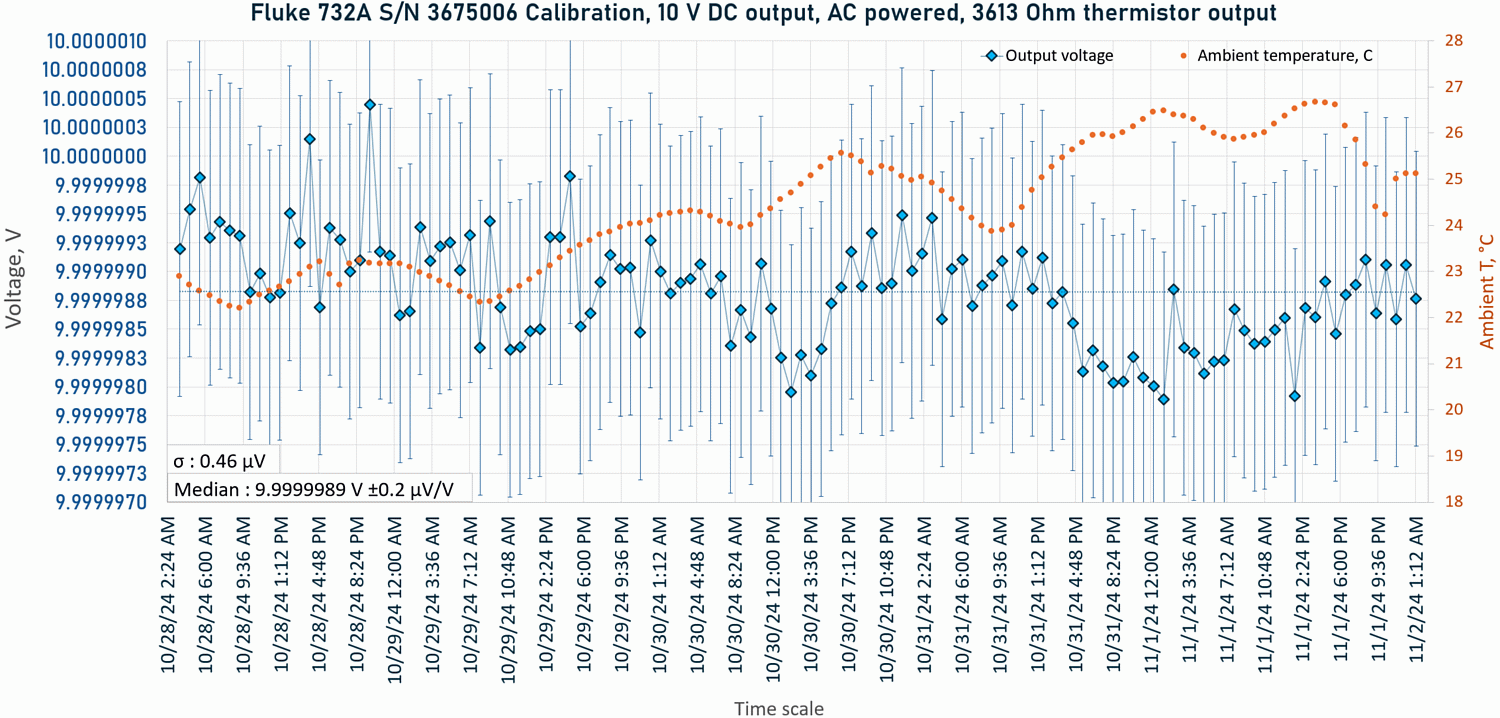
Image 30: Chart with all 10 V calibration points and uncertainties
Lab was a little bit warm lately as air-conditioning was turned off completely for the season. Lower divided 1 V and 1.018 V outputs were measured with freshly calibrated Keysight 3458A DMM using 15 minutes transfer spec. 1 V output was adjusted to nominal within uncertainty of the DMM. Final values for these outputs as listed in table 3 below.
| Date and time | Voltage calibration | Ambient temperature | Humidity | Pressure | Deviation from nominal | Specification limits |
|---|---|---|---|---|---|---|
| 10/28/2024 – 11/02/2024 | 9.9999989 V ±0.2 µV/V | +24.3 °C | 39.8 % | 1017.8 hPa | -0.11 µV/V | ± 50 µV |
| 11/02/2024 02:30:21 | 1.0000000 V ±0.6 µV/V | +25.14 °C | 32.6 % | 1014.2 hPa | Adjusted | ± 5 µV |
| 11/02/2024 02:32:36 | 1.0179801 V ±0.6 µV/V | +25.1 °C | 33.7 % | 1014.6 hPa | -19.5 µV/V | ± 50 µV |
Table 3: Final calibration results for Fluke 732A DC standard, S/N 3675006
Thermistor output from the Fluke 732A front panel was reading on average around 3613.75 Ω with uncertainty of measurement ±6 µΩ/Ω.
This is quite impressive result for a repaired instrument that is more than 40 years old. Perhaps just another positive testament to the quality and stability of such old standard design. Granted, I don’t have any past knowledge if this 732A was adjusted by previous guardians or not.
Conclusion and summary
Instrument was fixed up and returned on November 2, 2024. Hopefully I will see it back at xDevs again next year for second calibration and long-term drift estimate. Well cared and serviced 732A can be used in the metrology laboratory even today, delivering same or even better performance than much newer and smaller standards like 732B/C or 70xx systems. And unlike the latest 20k$ Model 732C this old standard still can be adjusted to the nominal voltage output. But in this standard service case no adjustments were necessary to meet the specifications. All that we need to do now is to put it on the shelf, keep it under constant power, monitor it over the months/years and never turn it off.
Will all the parts replaced and battery charger adjusted this Fluke 732A should be very happy and have few more decades of life in the lab. Perhaps only service item would be replacement for the fresh batteries every 5 years or so. Hopefully we’ll see this standard again for another calibration measurements second half of the 2025 as well.
Stay tuned for more information in future on xDevs pages. If you are interested and want to discuss details, you are welcome at our own IRC chat server: xdevs.com (port 6010, channel: #xDevs.com) or by reaching out with email.
Projects like this are born from passion and a desire to share how things work. Education is the foundation of a healthy society - especially important in today's volatile world. xDevs began as a personal project notepad in Kherson, Ukraine back in 2008 and has grown with support of passionate readers just like you. There are no (and never will be) any ads, sponsors or shareholders behind xDevs.com, just a commitment to inspire and help learning. If you are in a position to help others like us, please consider supporting xDevs.com’s home-country Ukraine in its defense of freedom to speak, freedom to live in peace and freedom to choose their way. You can use official site to support Ukraine – United24 or Help99. Every cent counts.
Modified: Nov. 23, 2024, 7:18 a.m.

